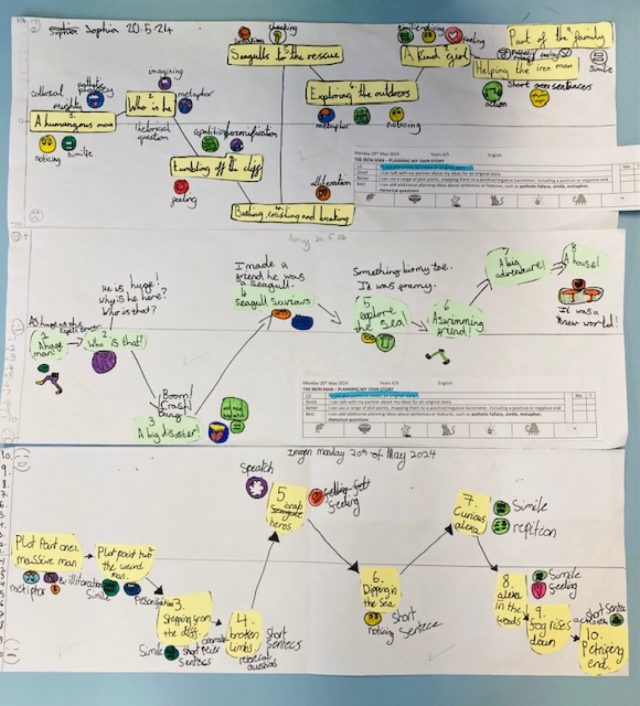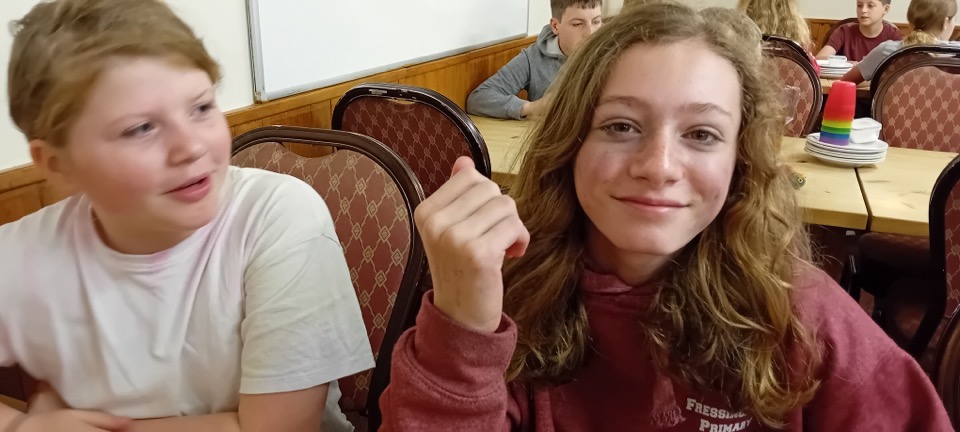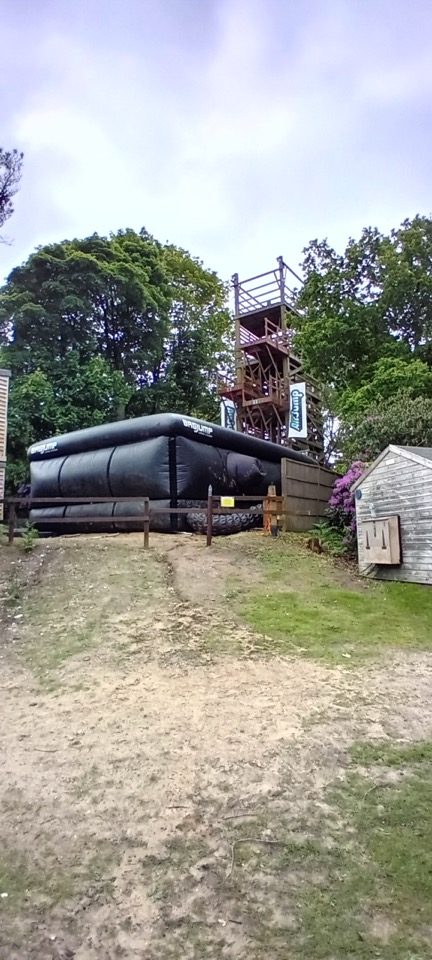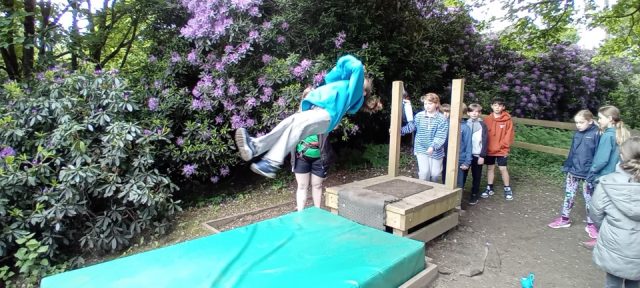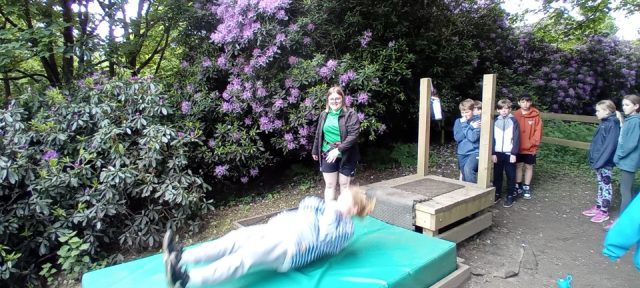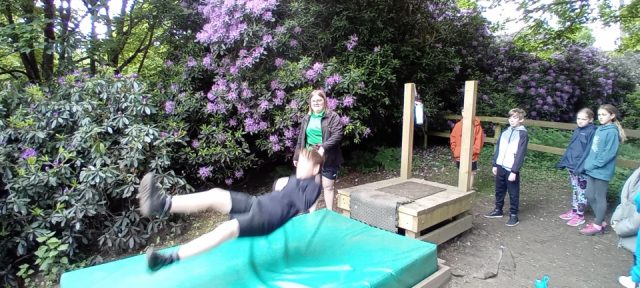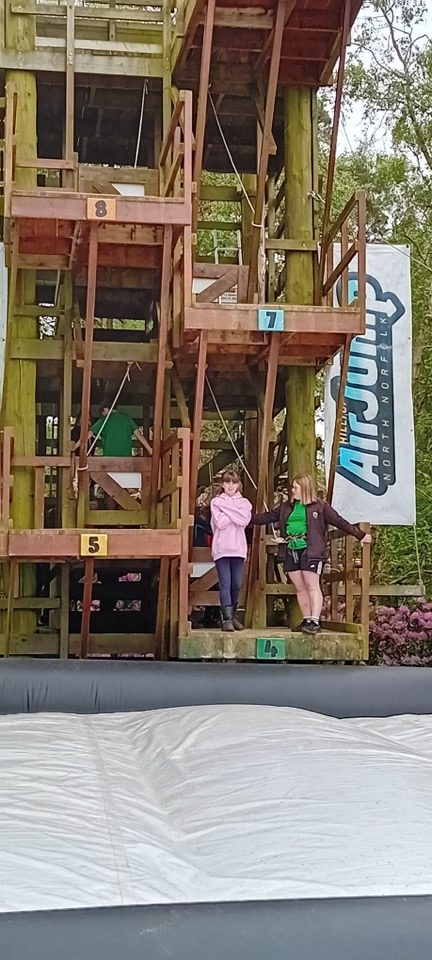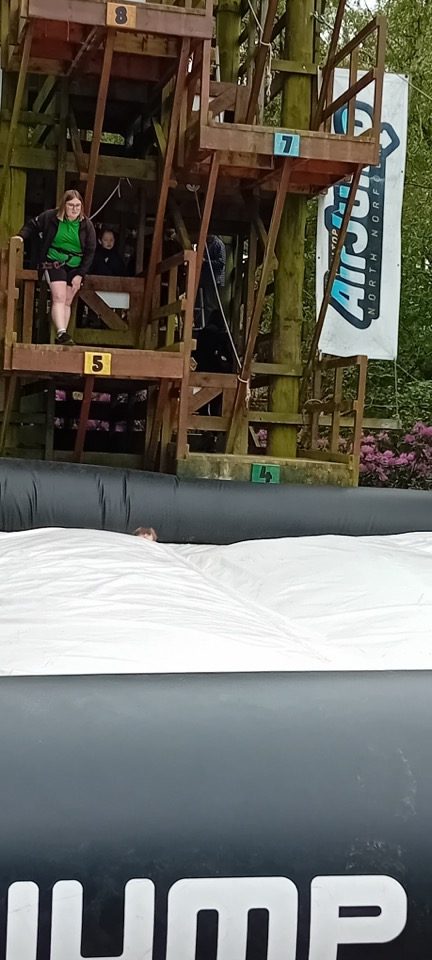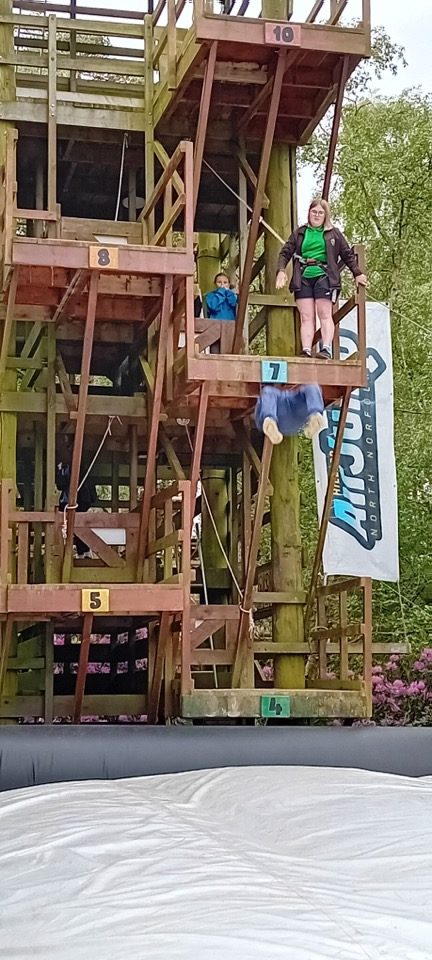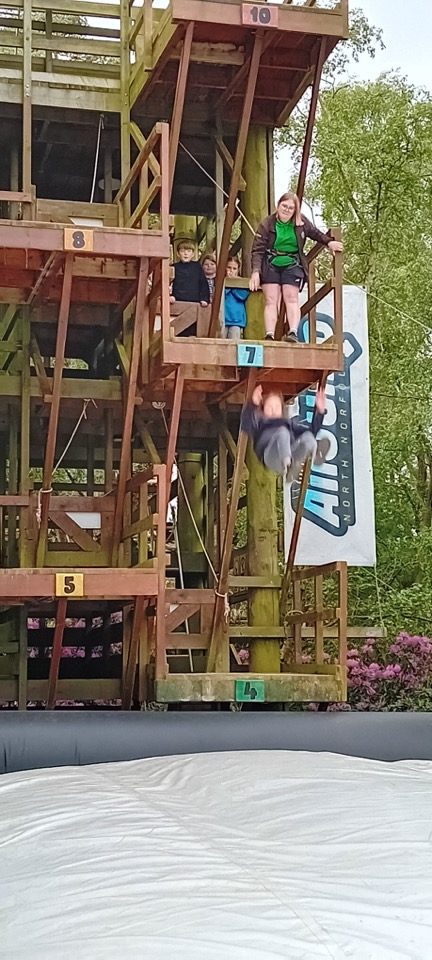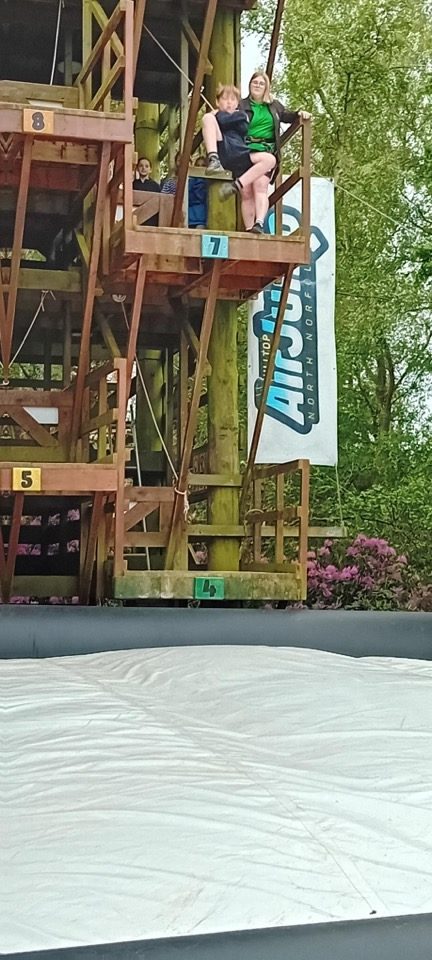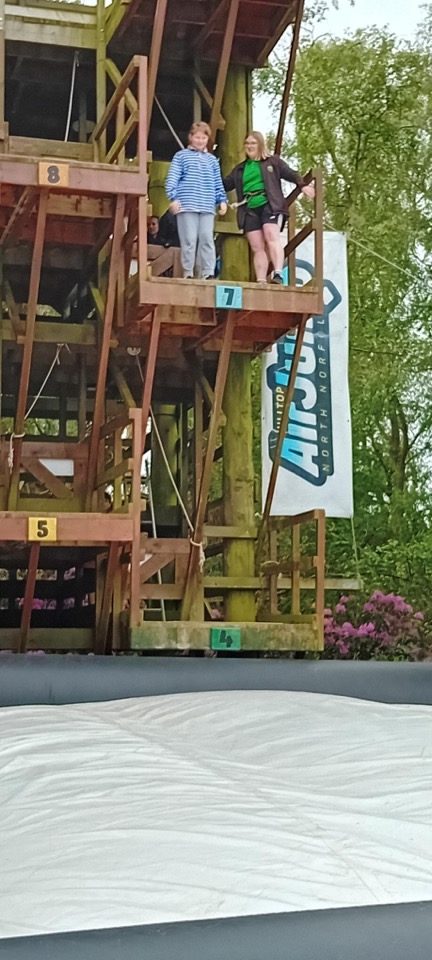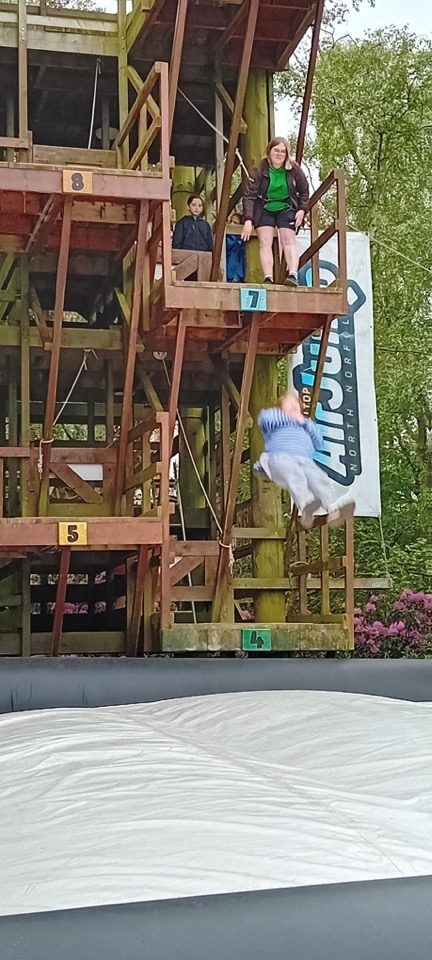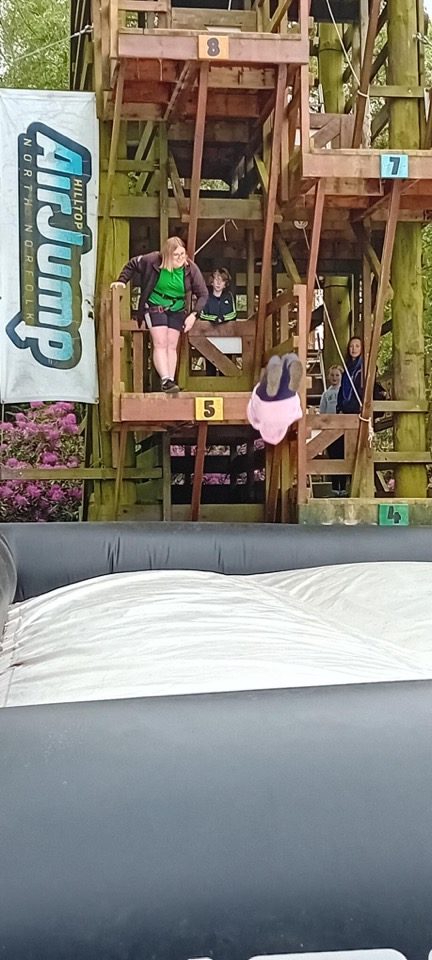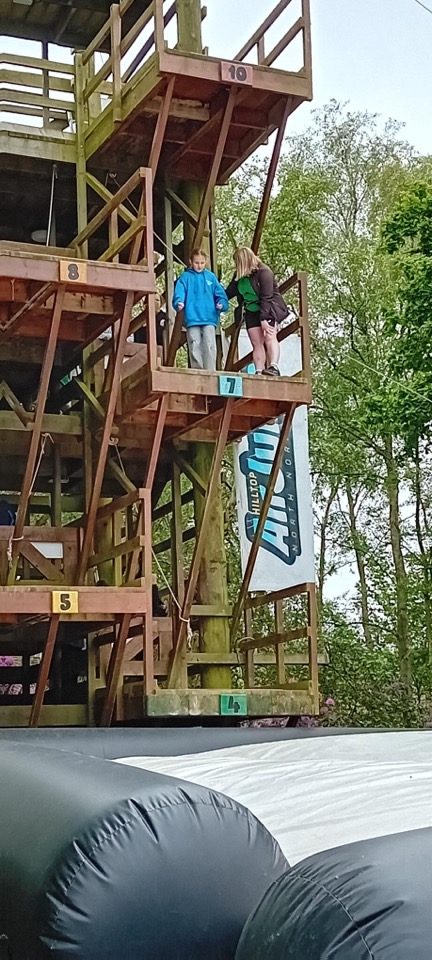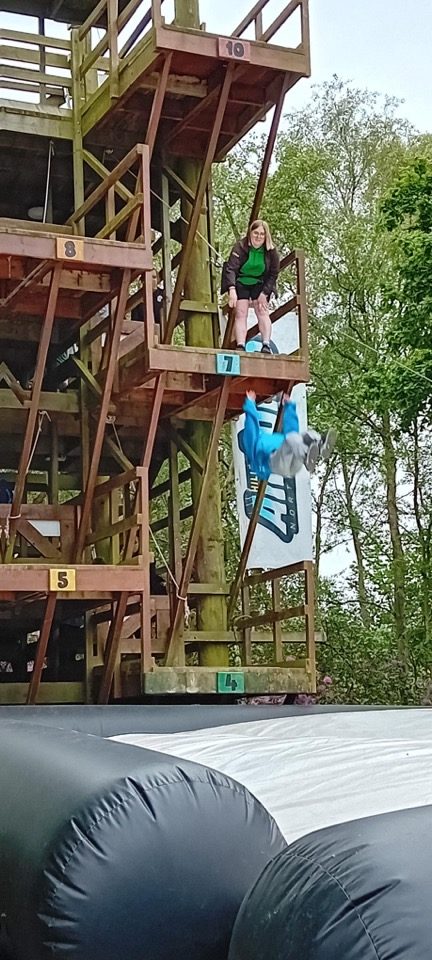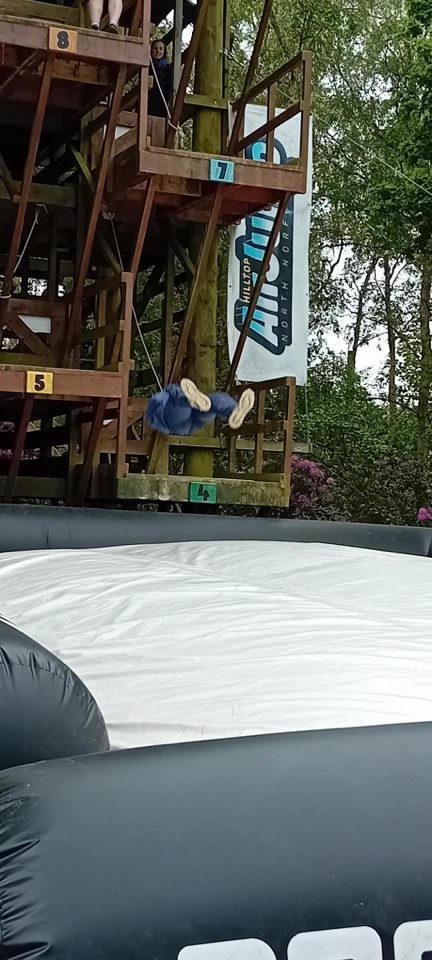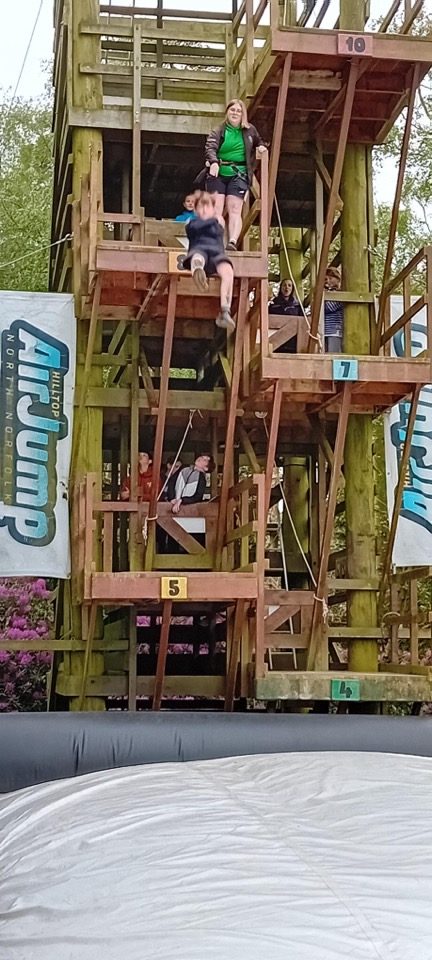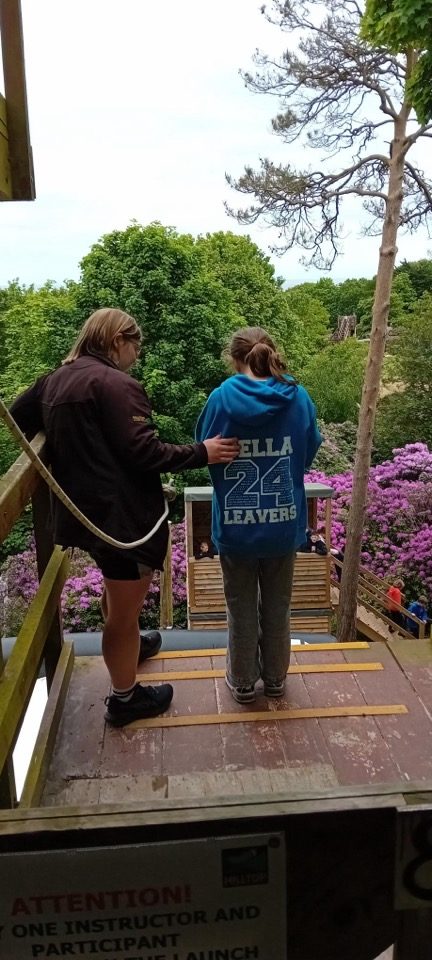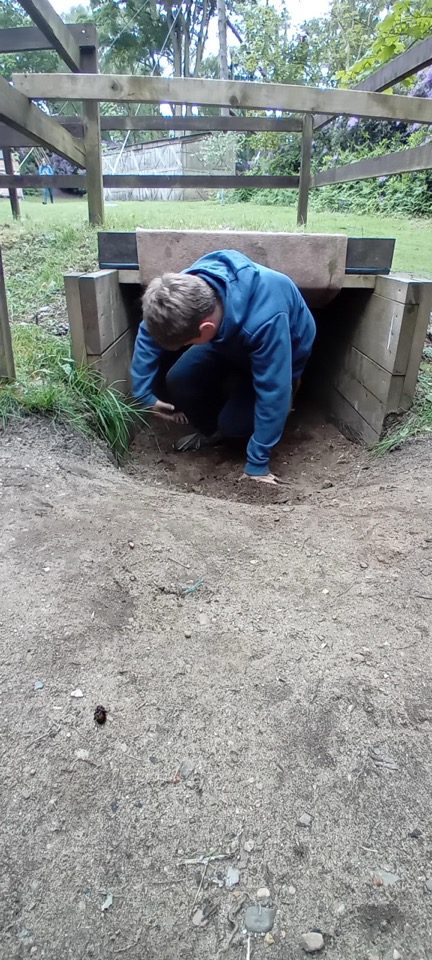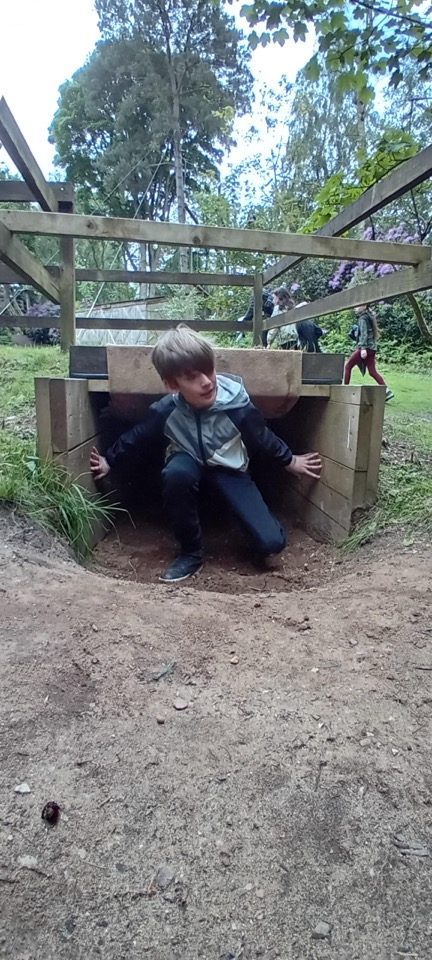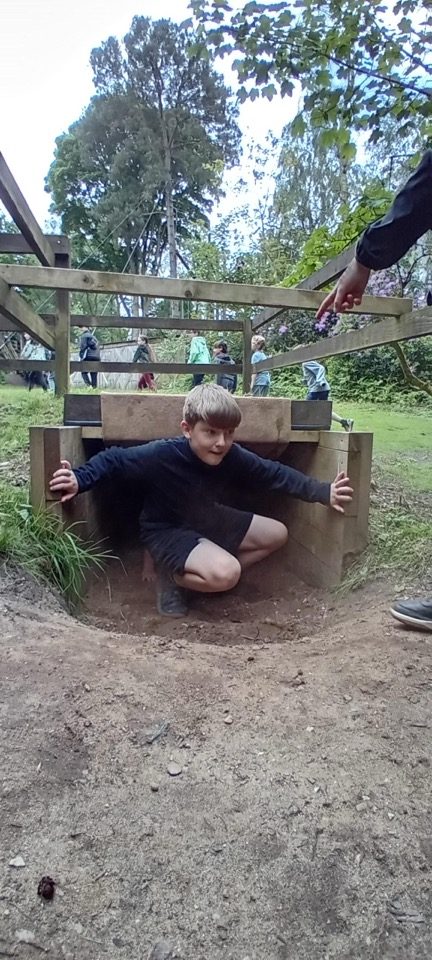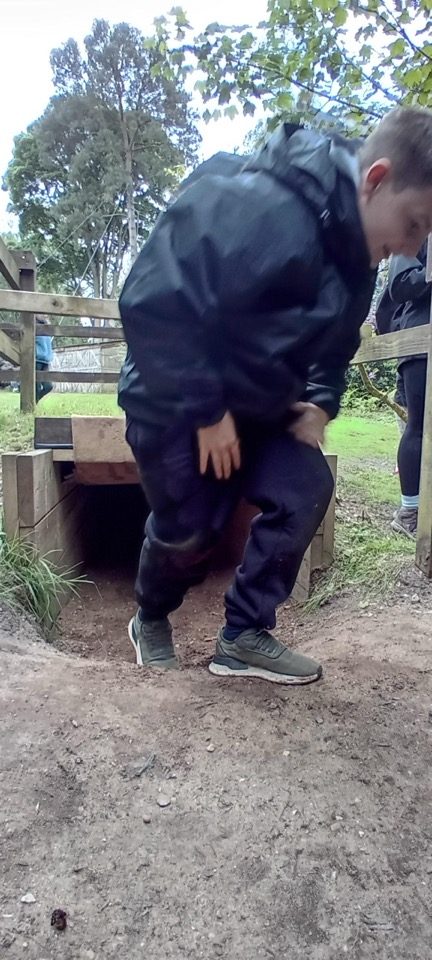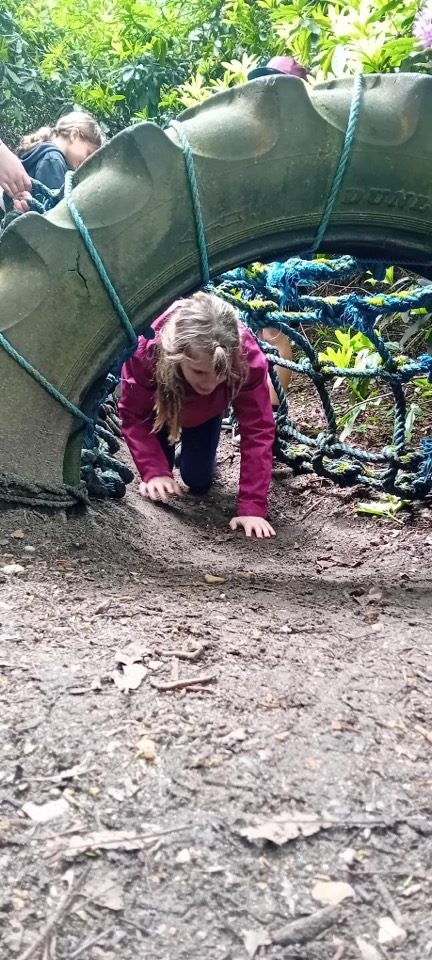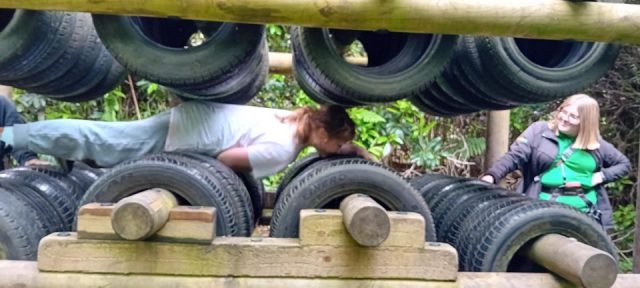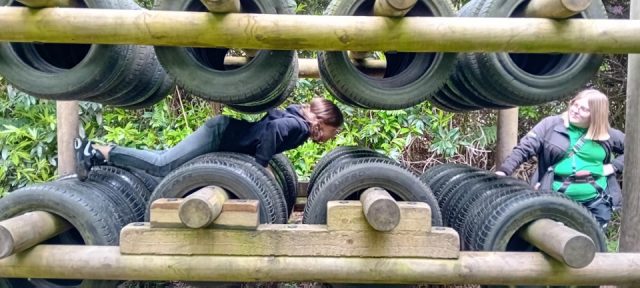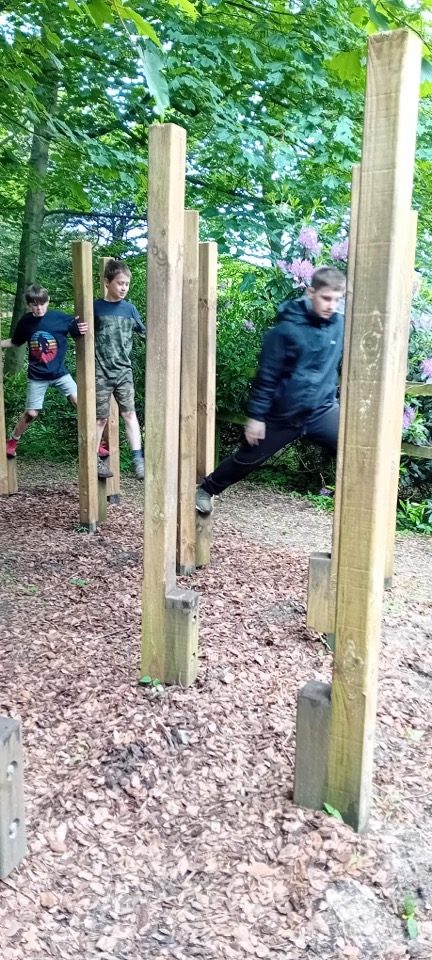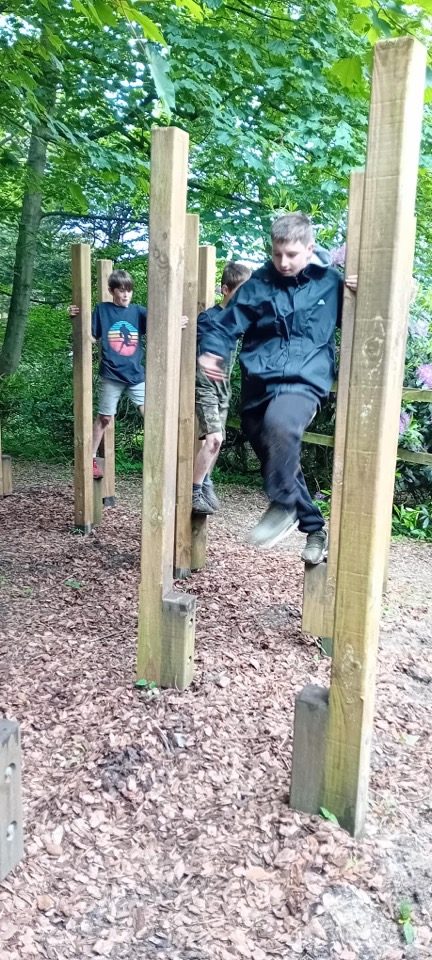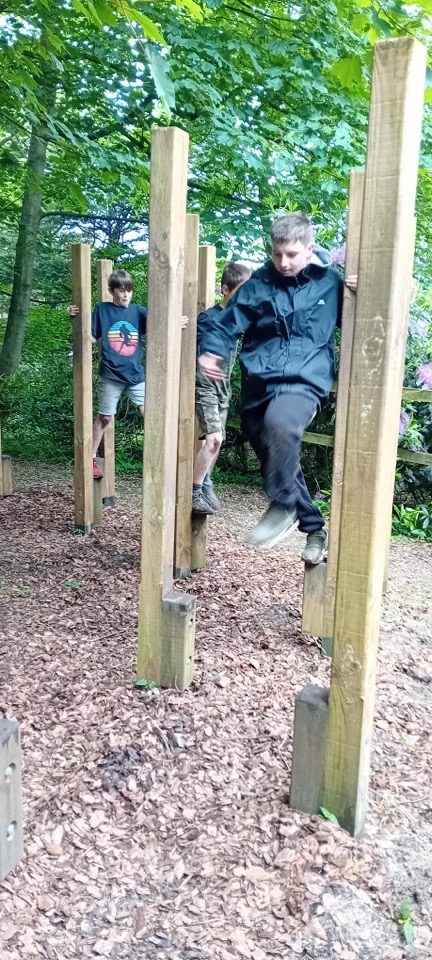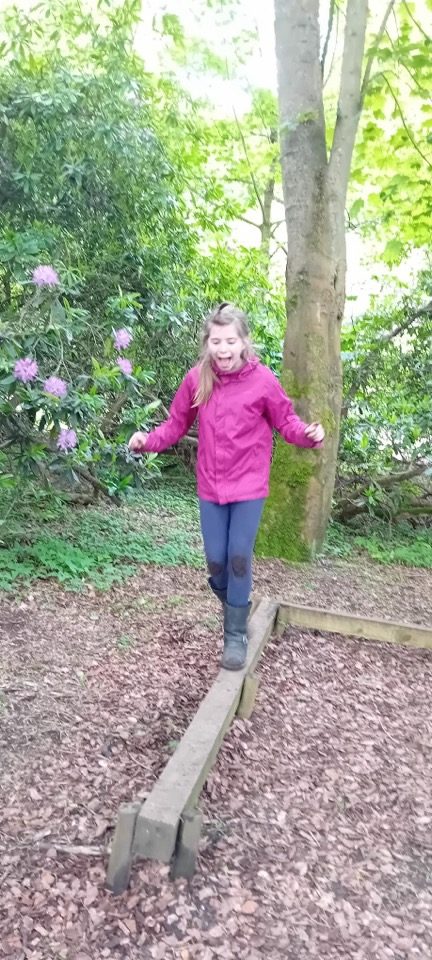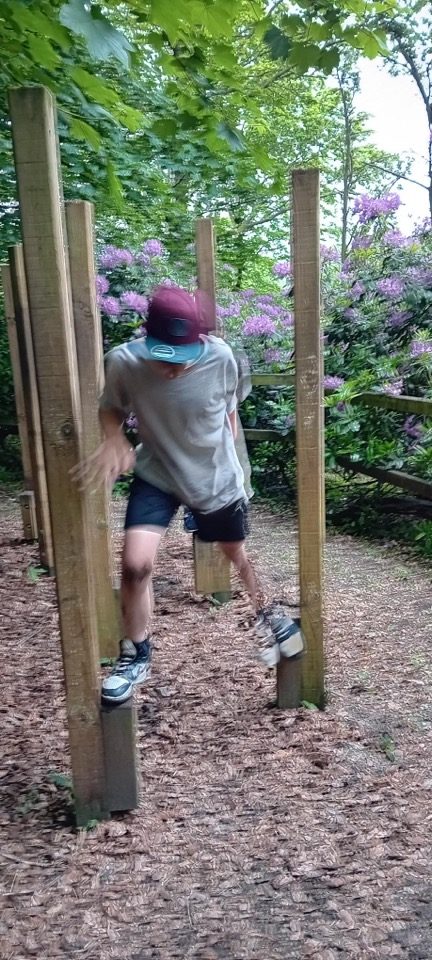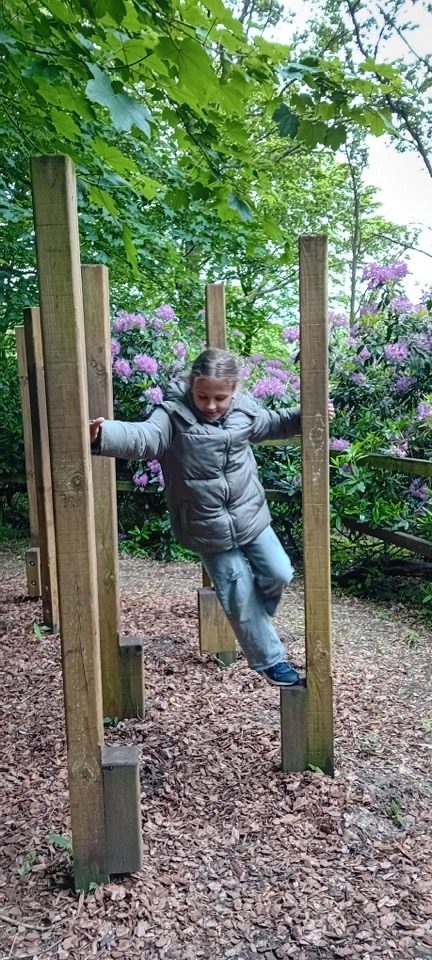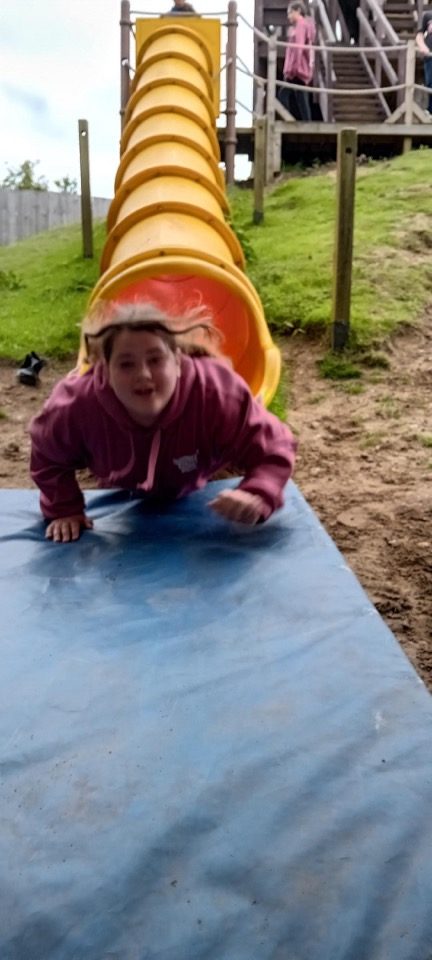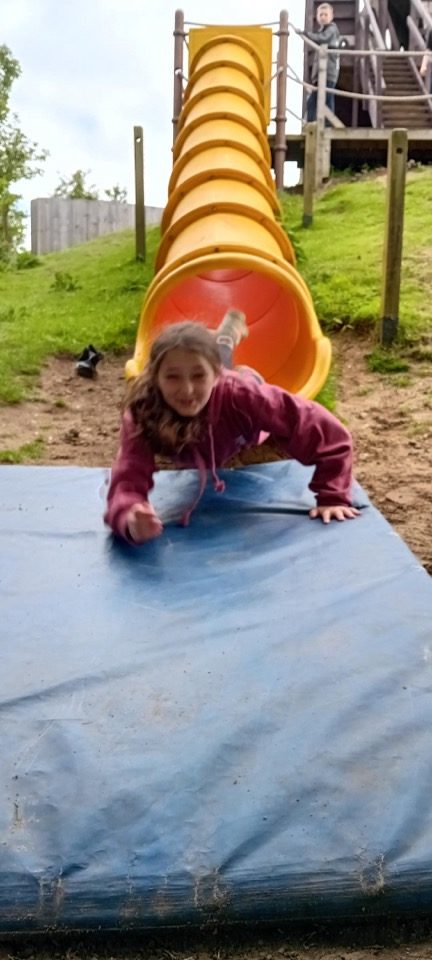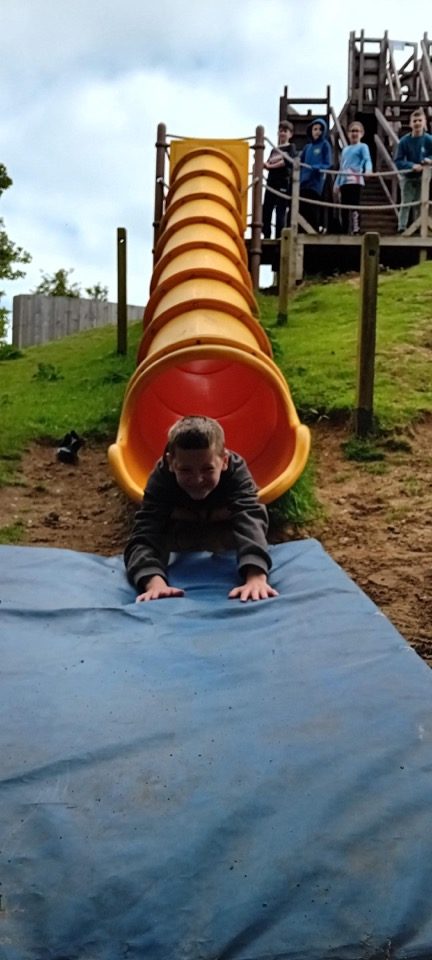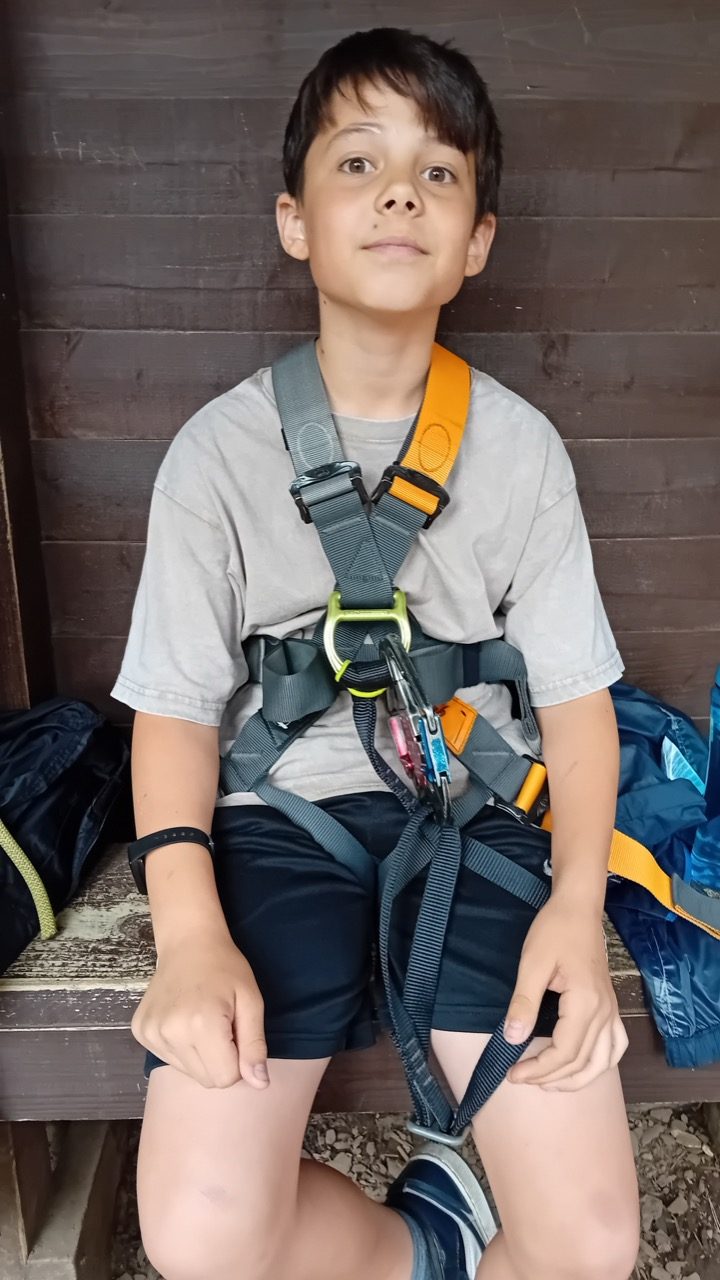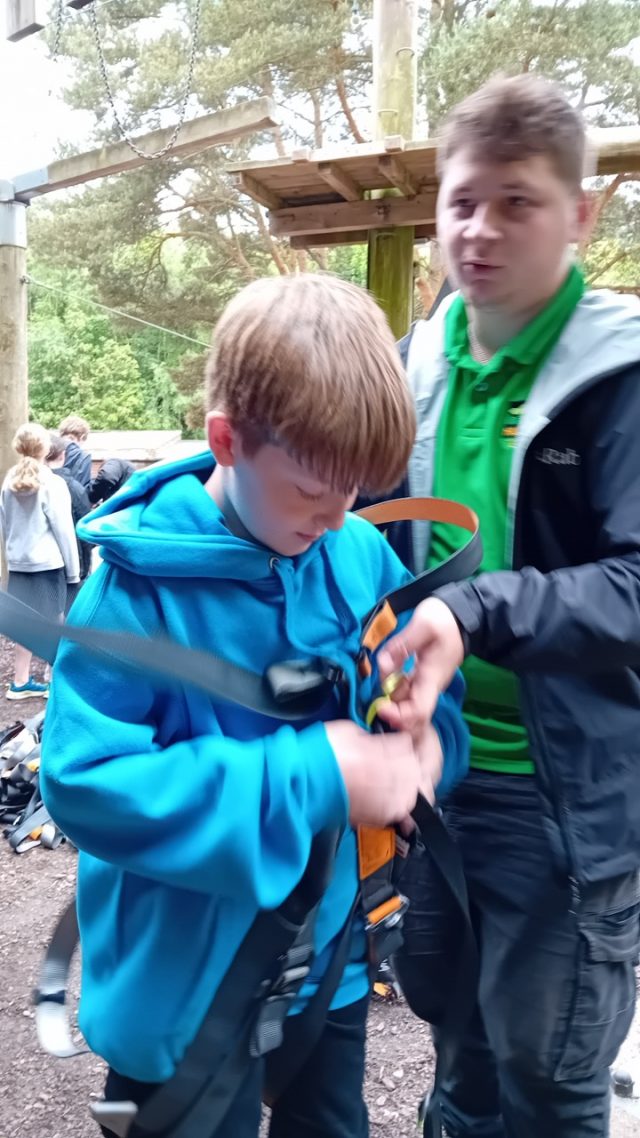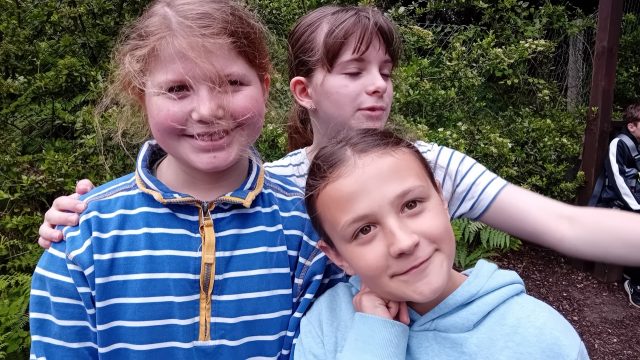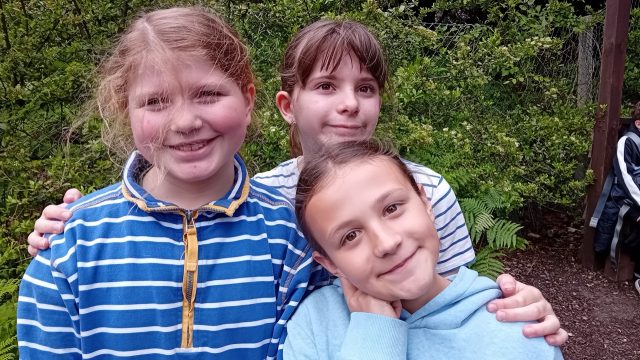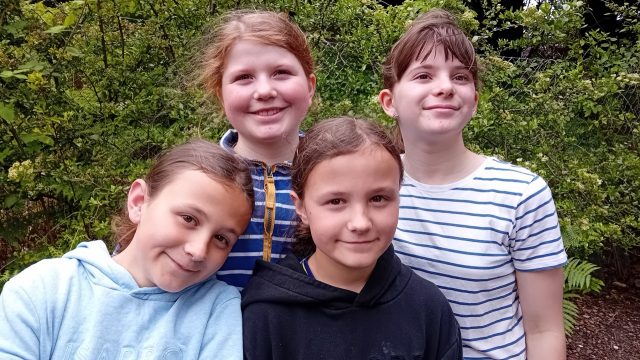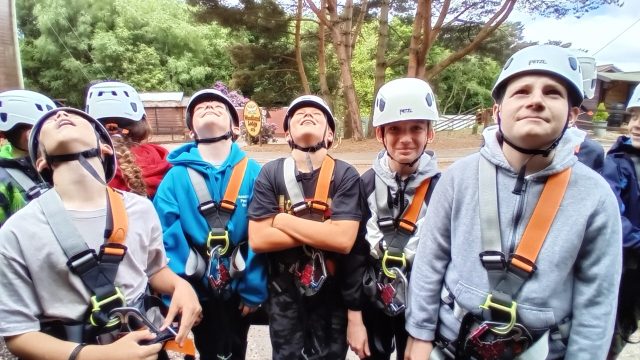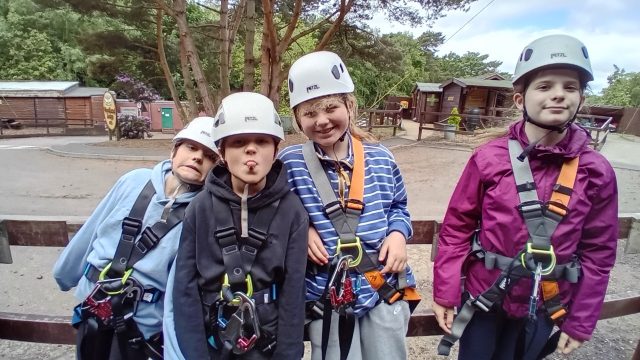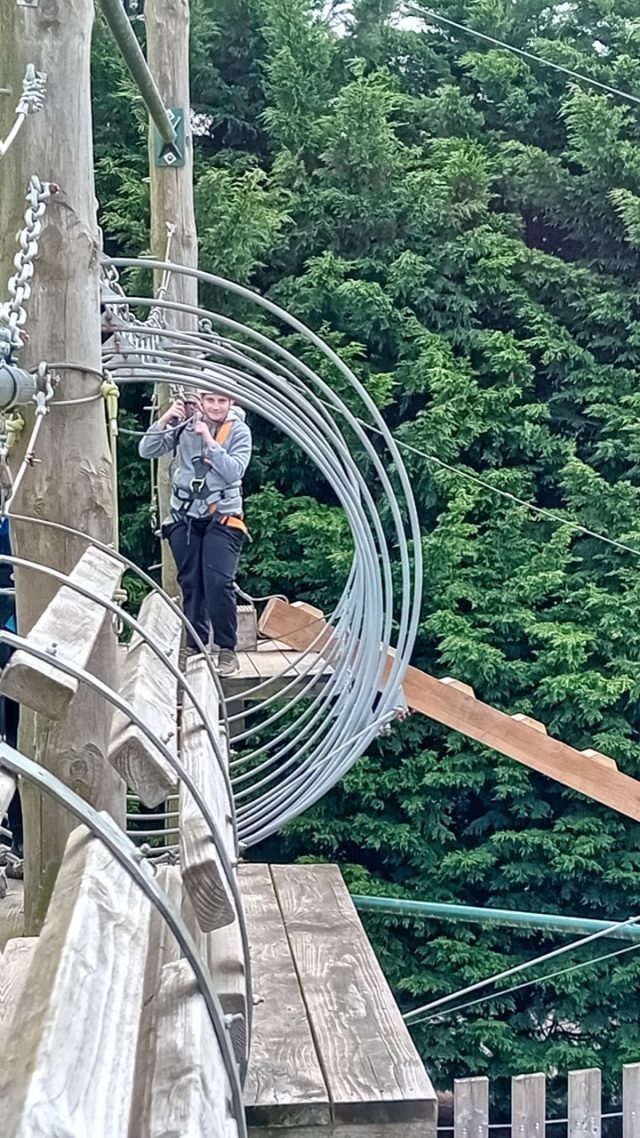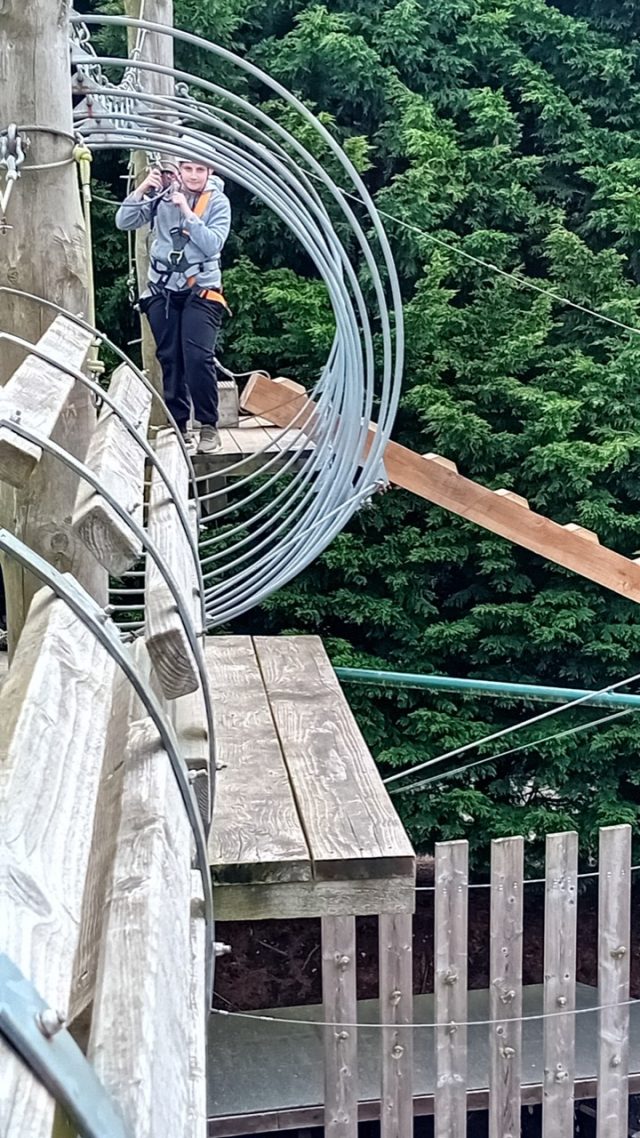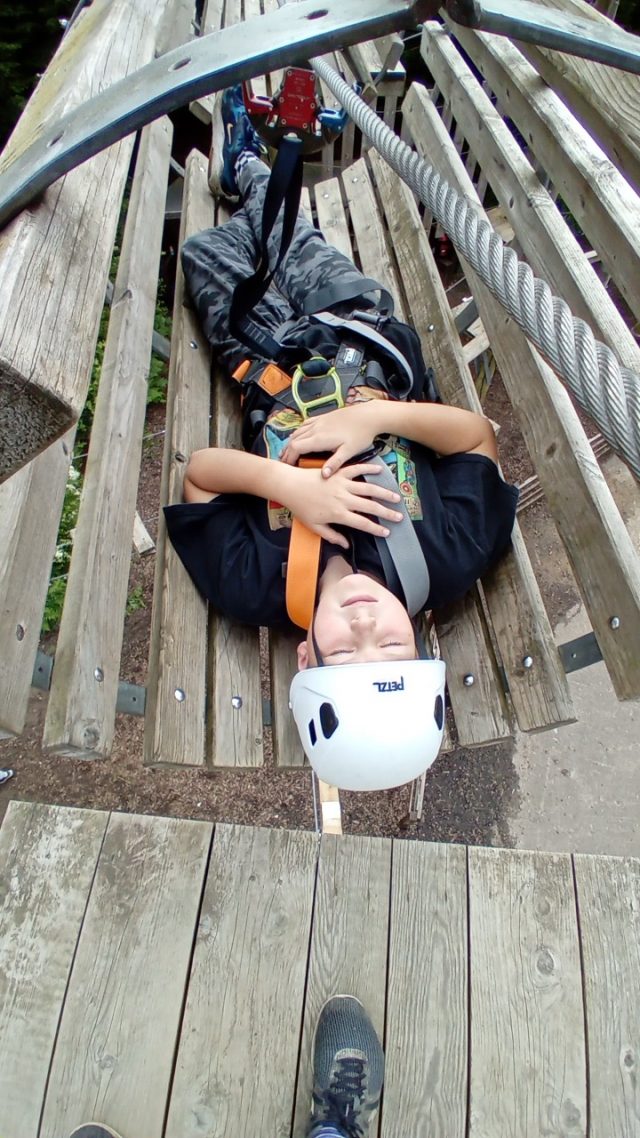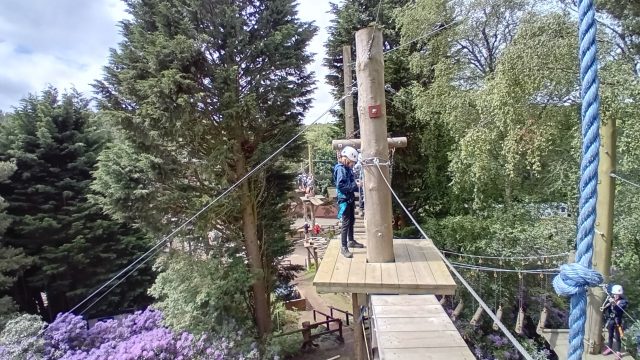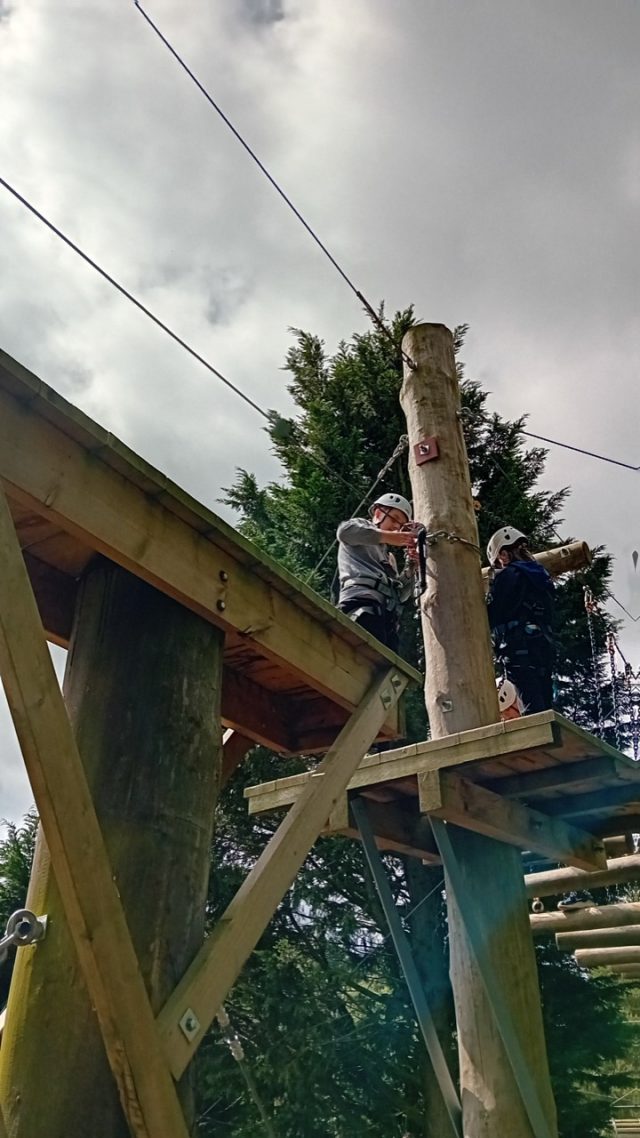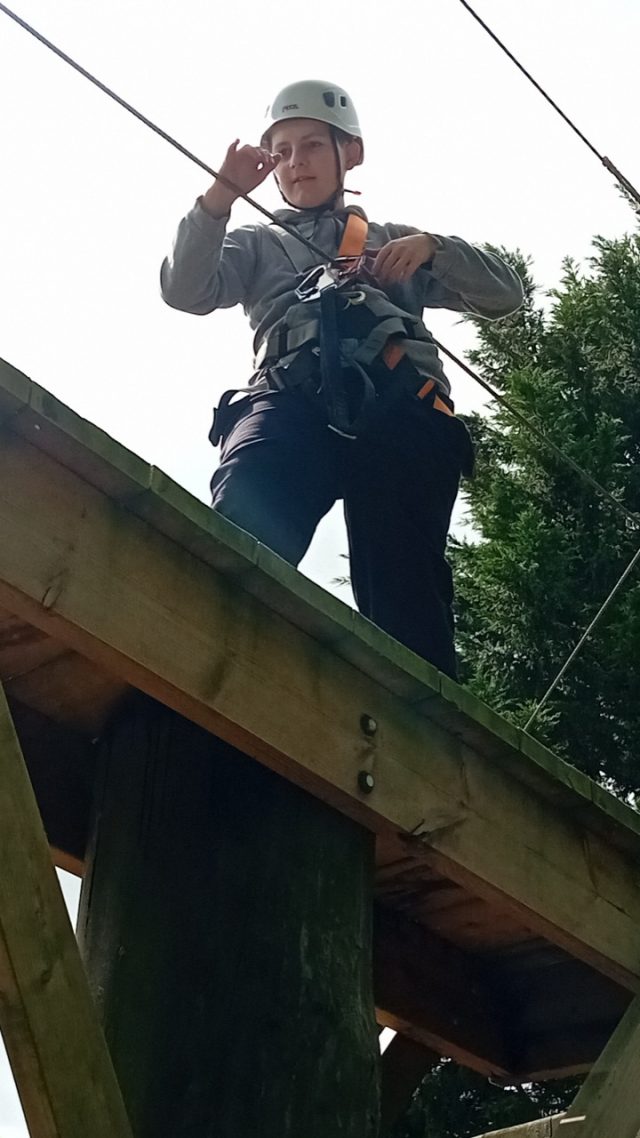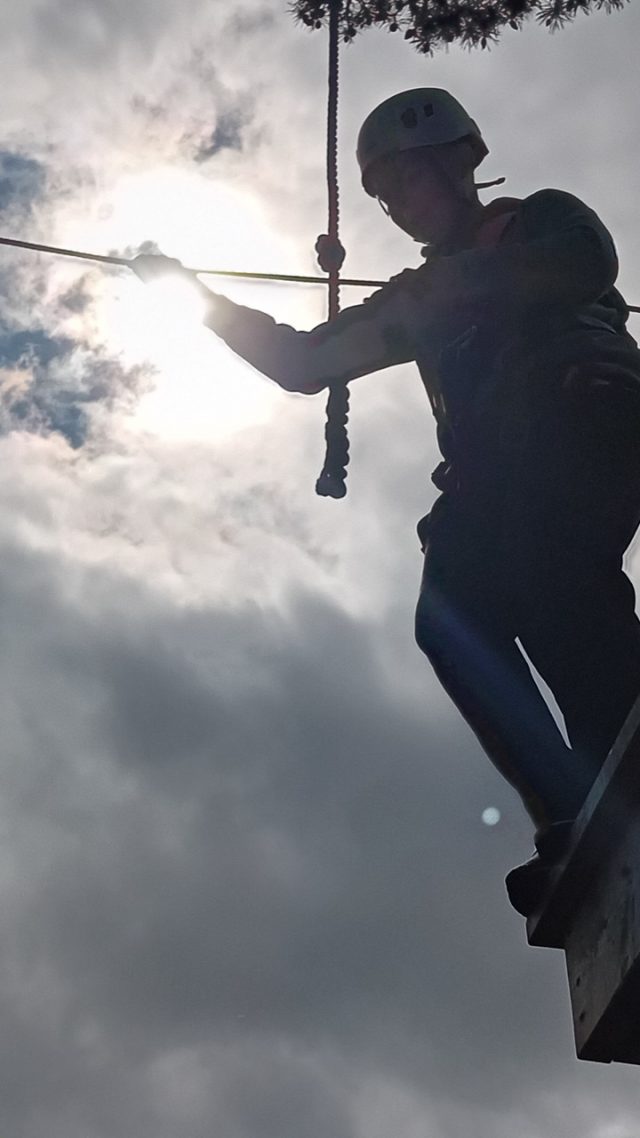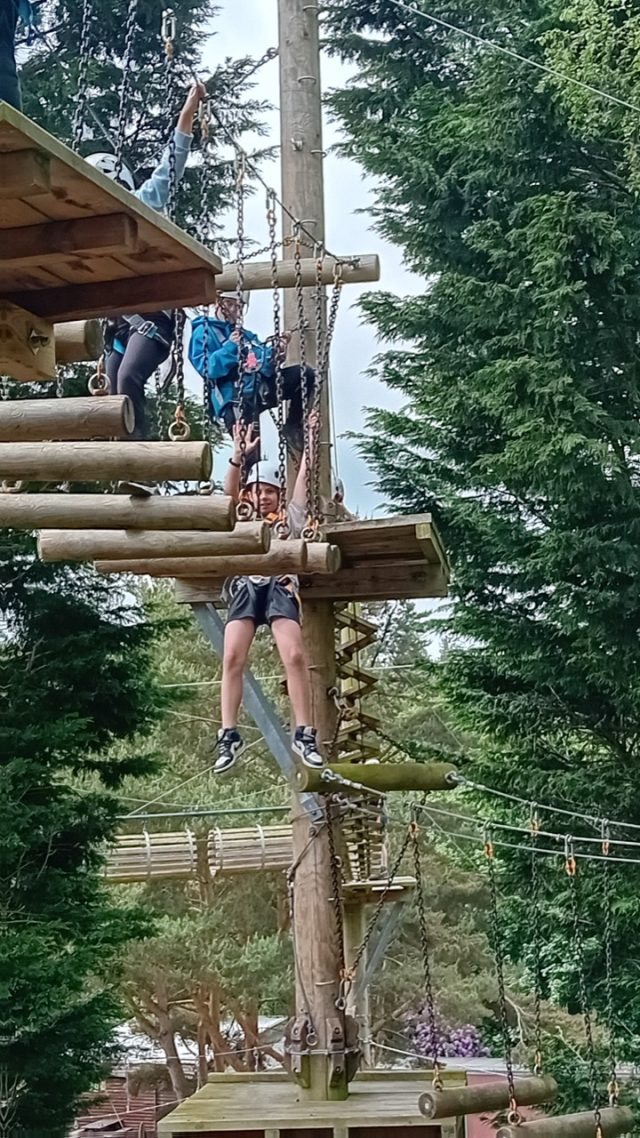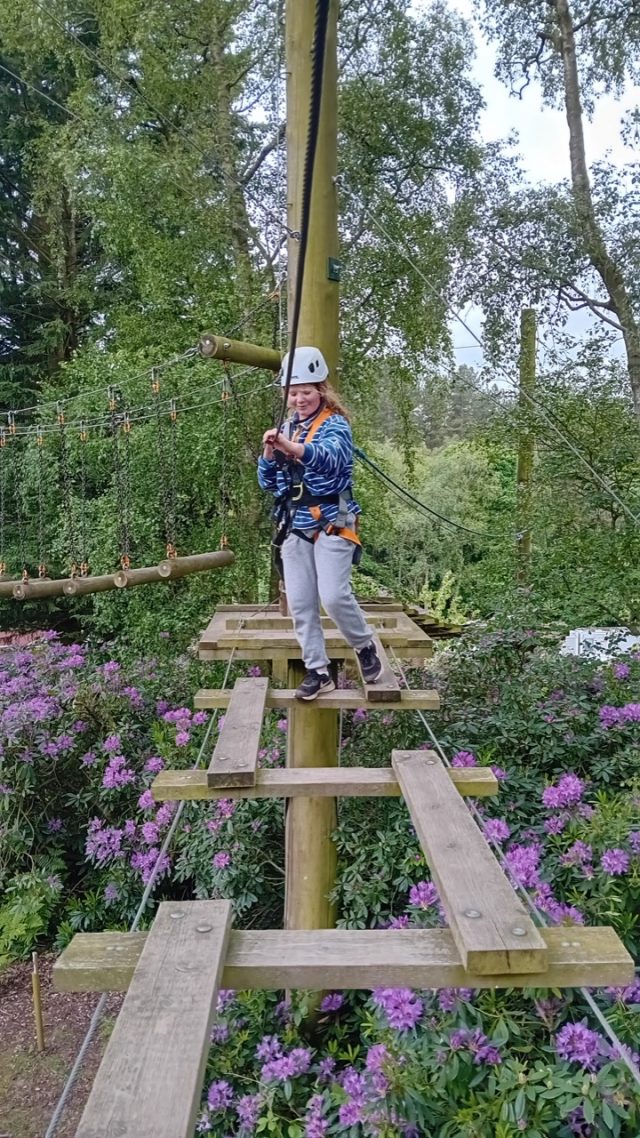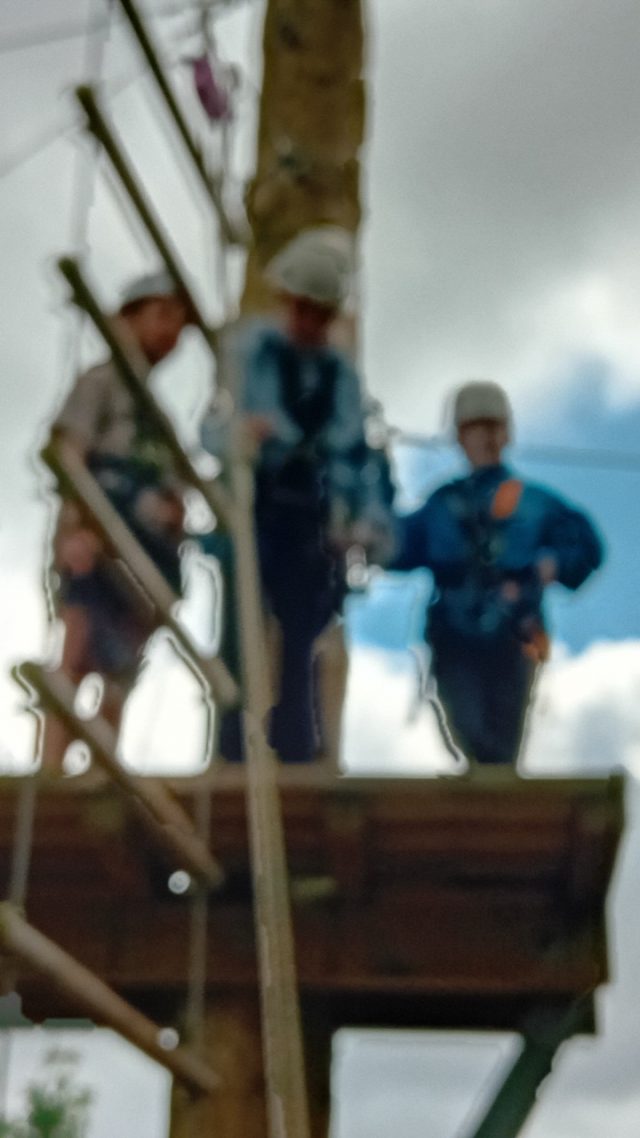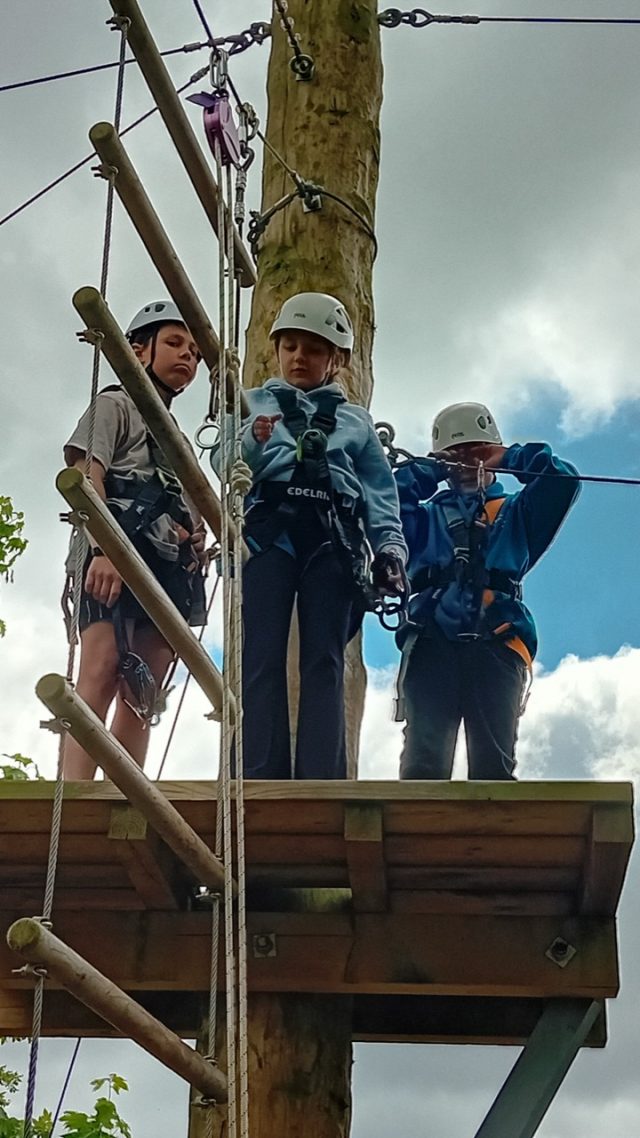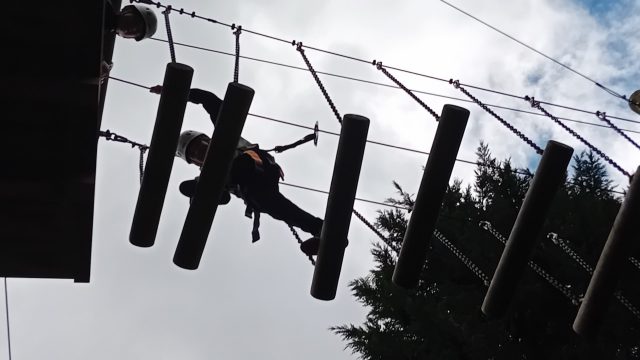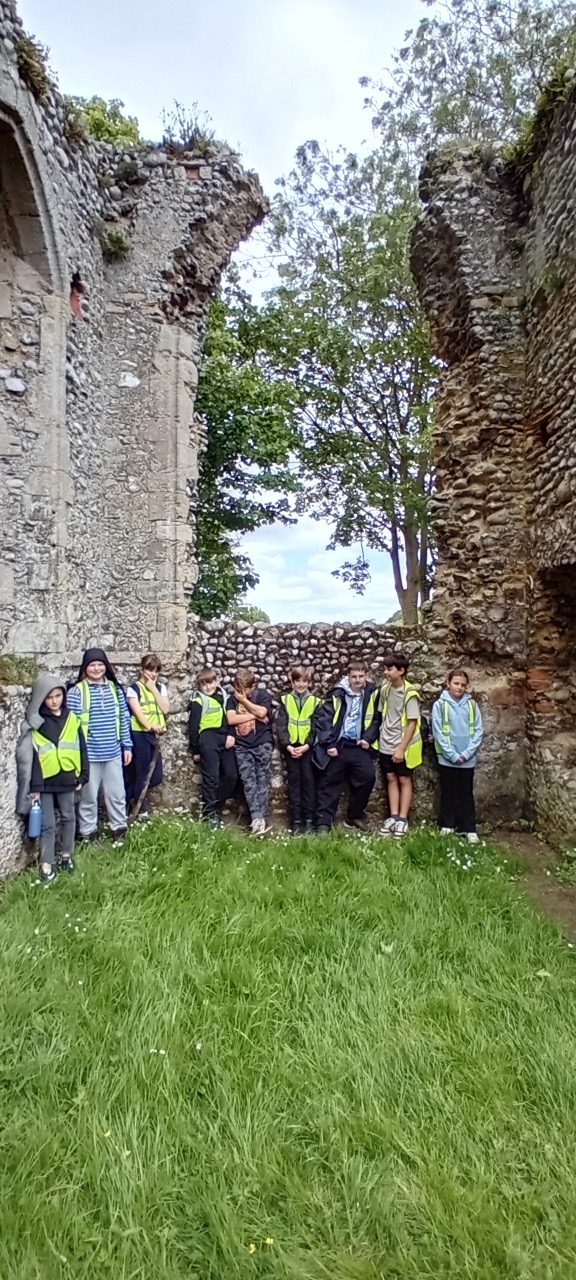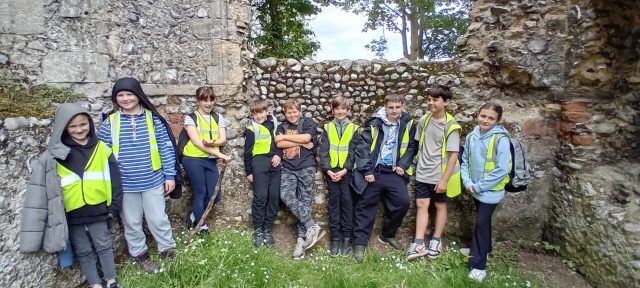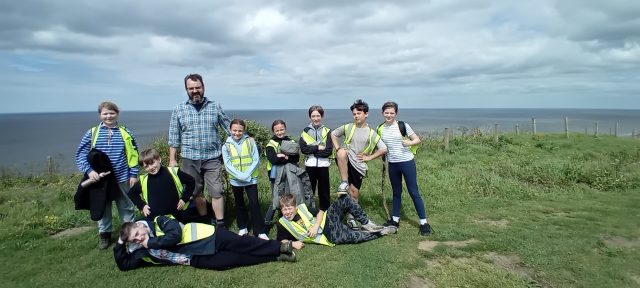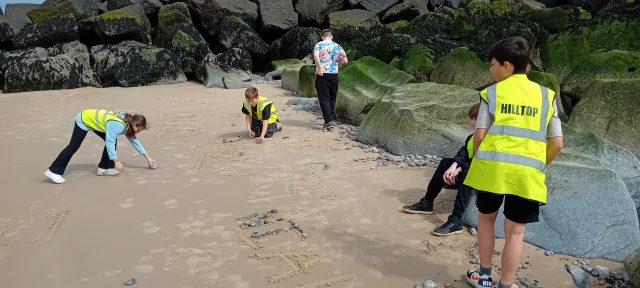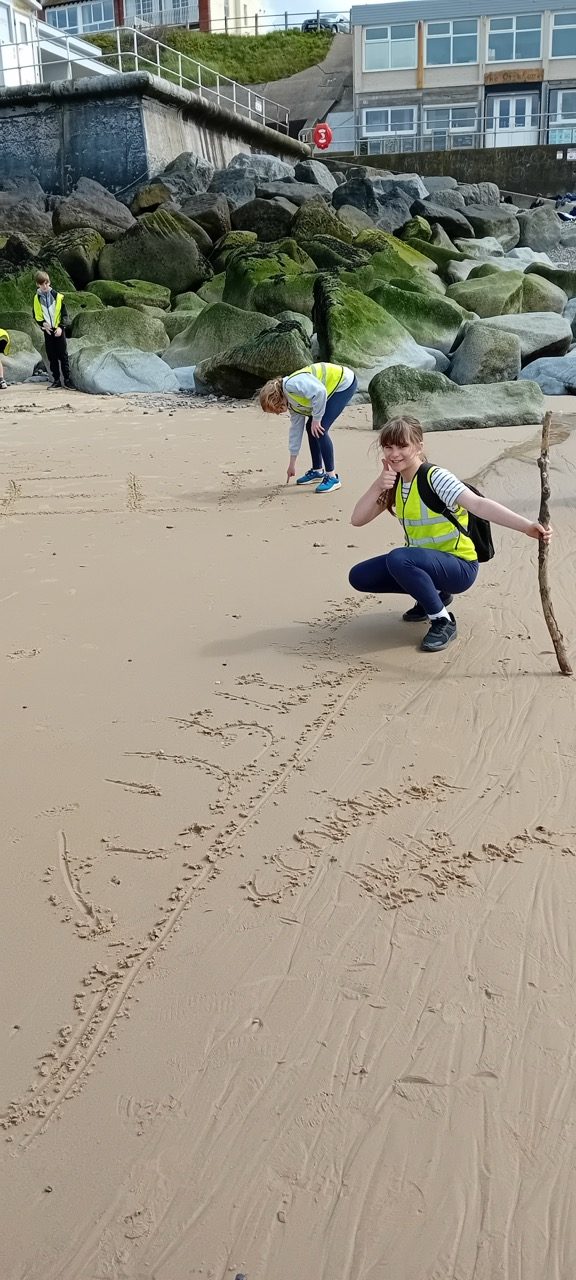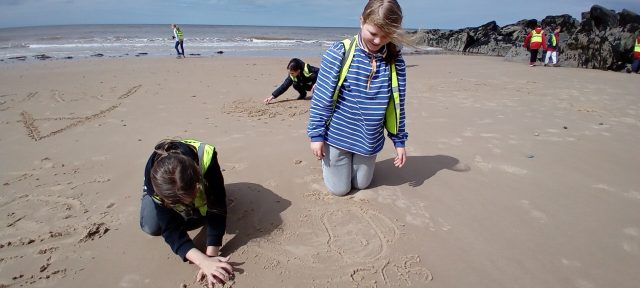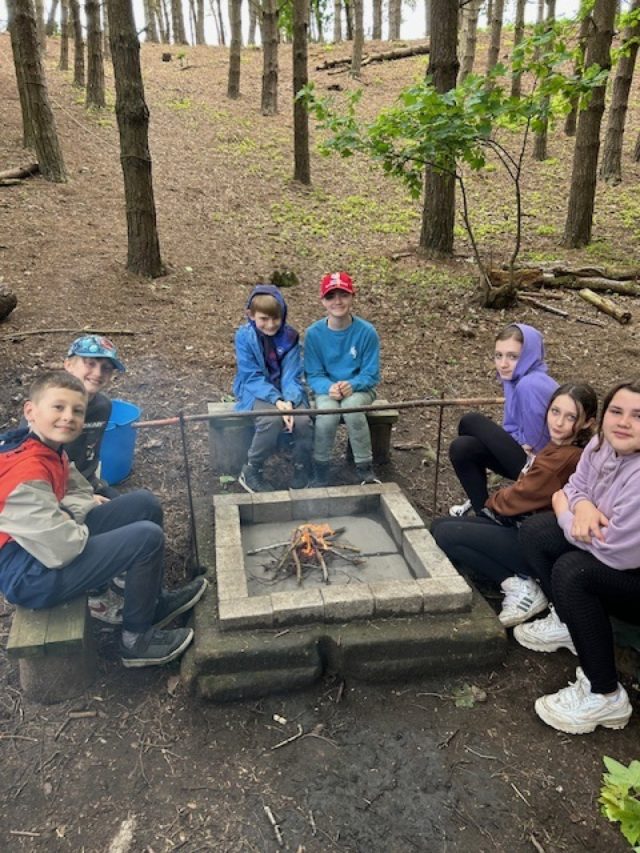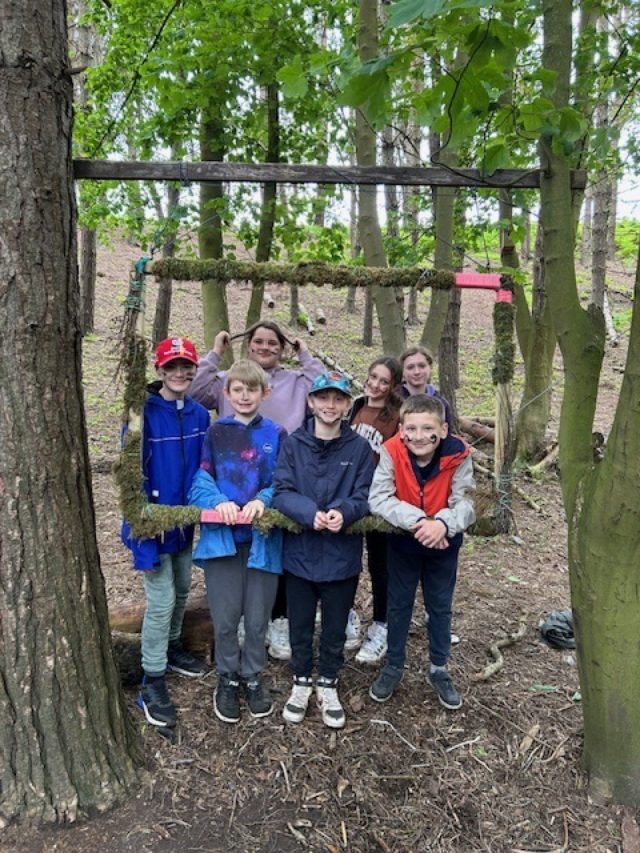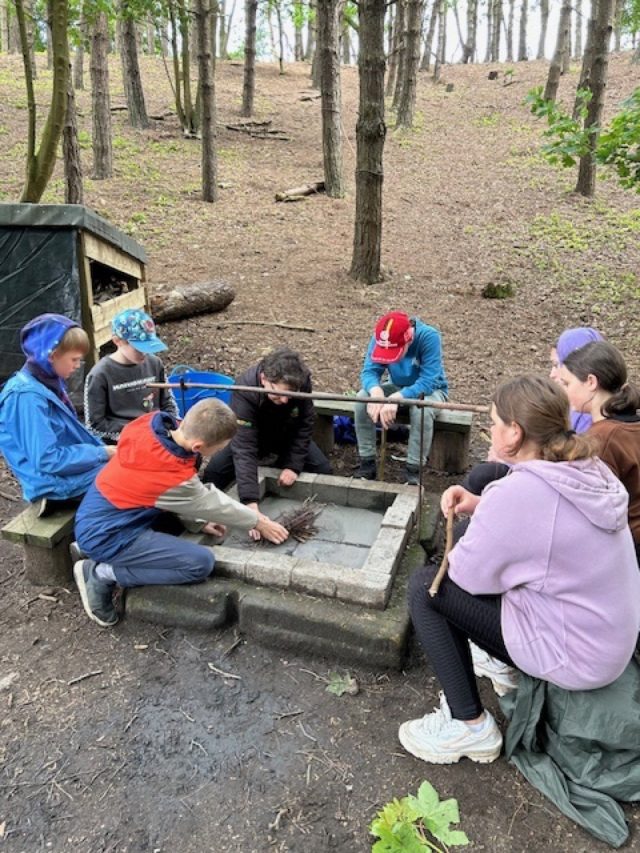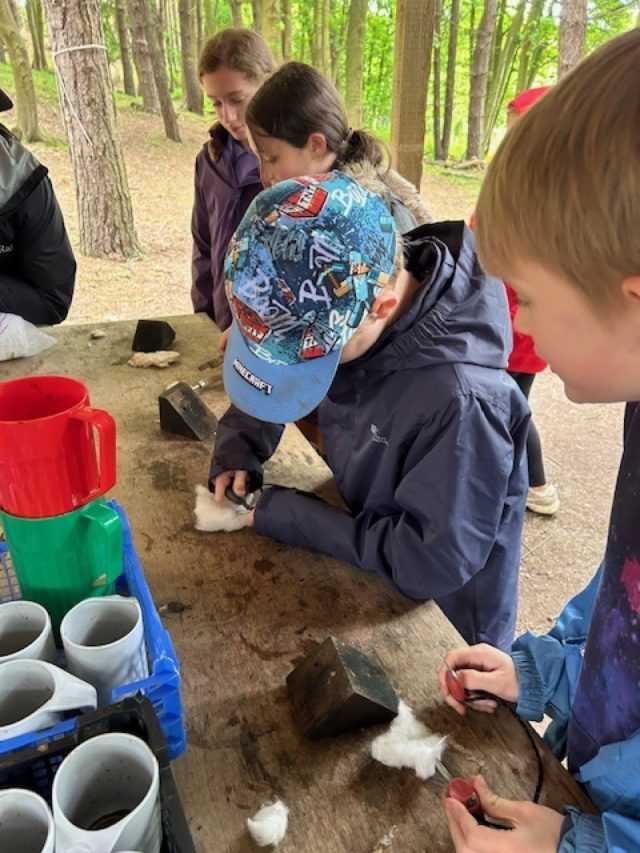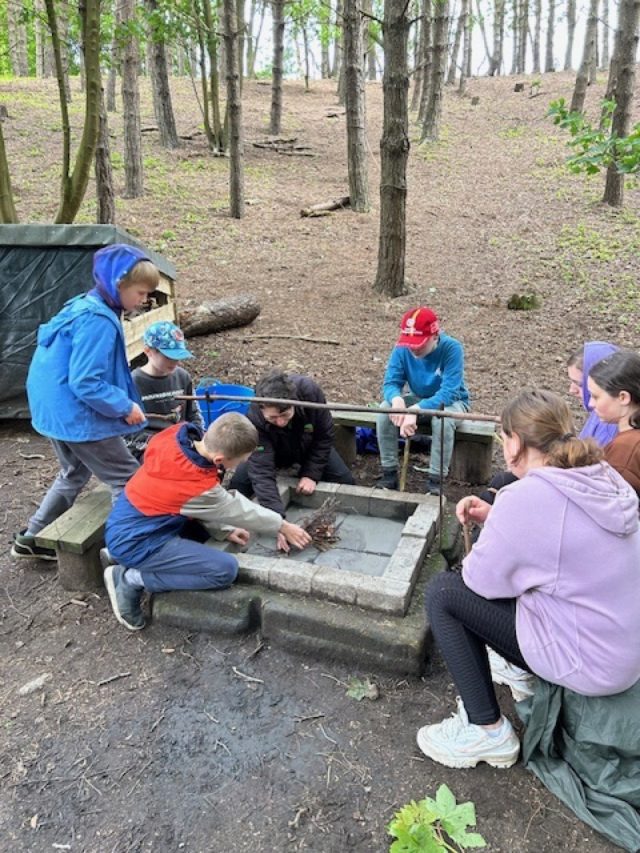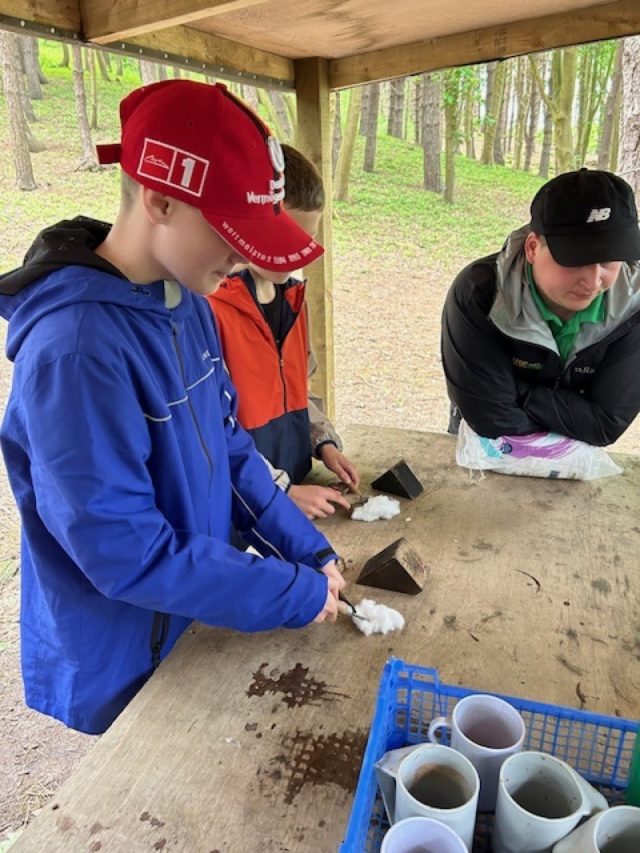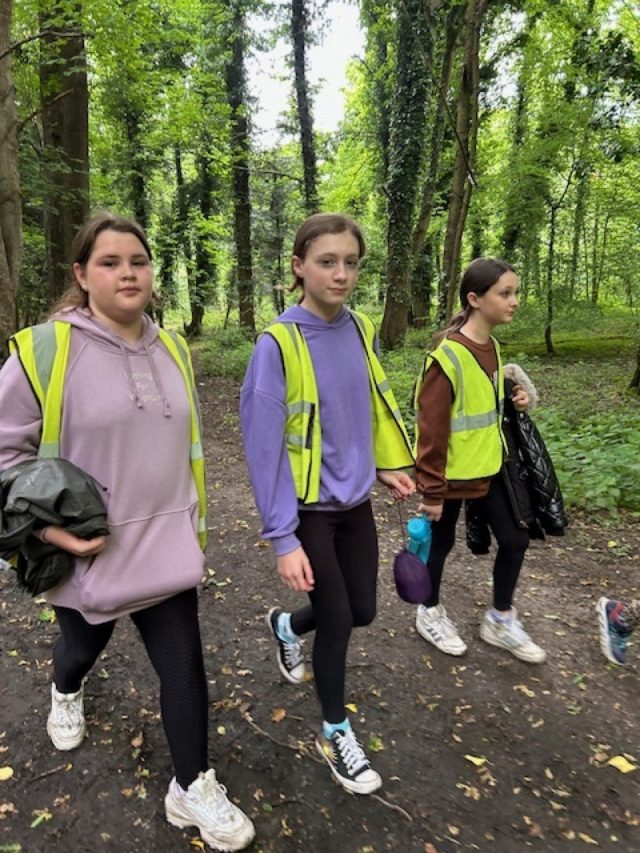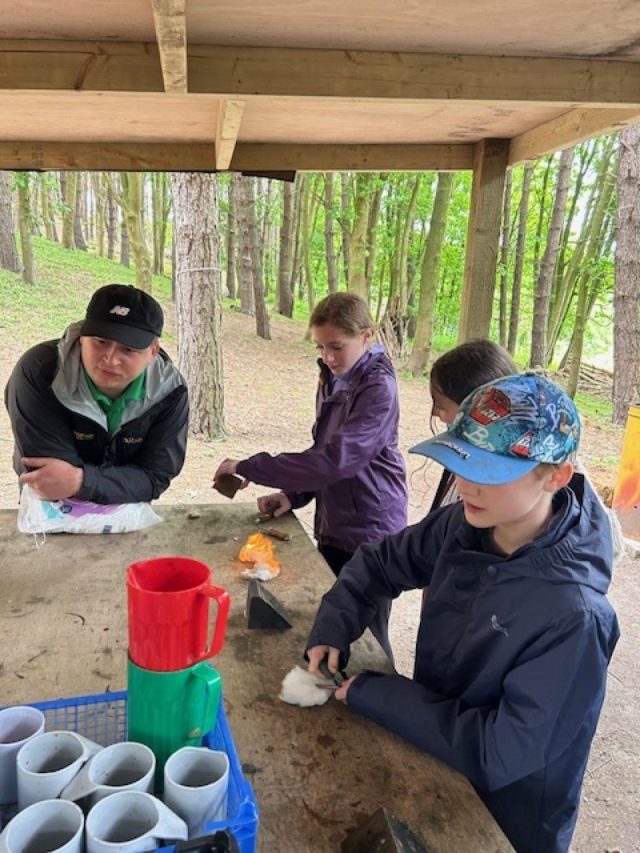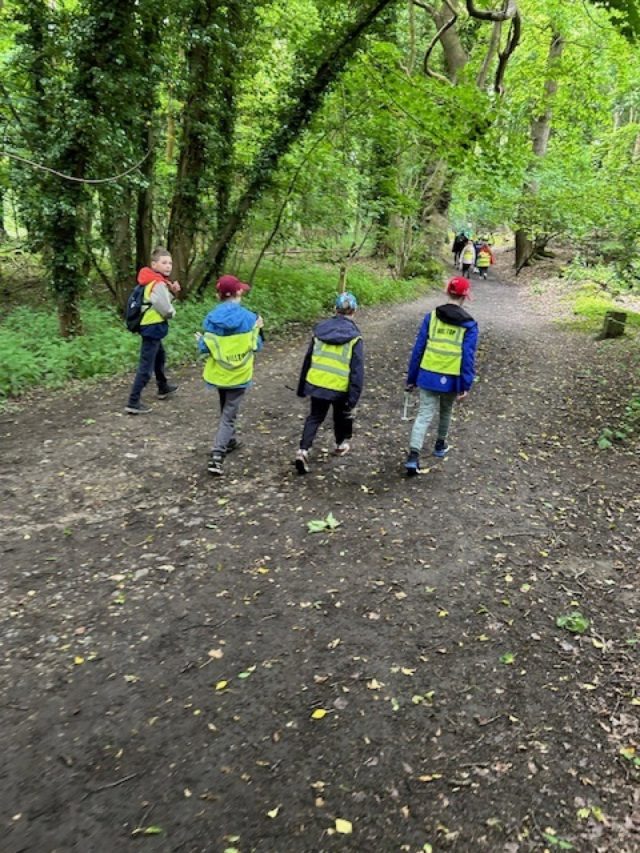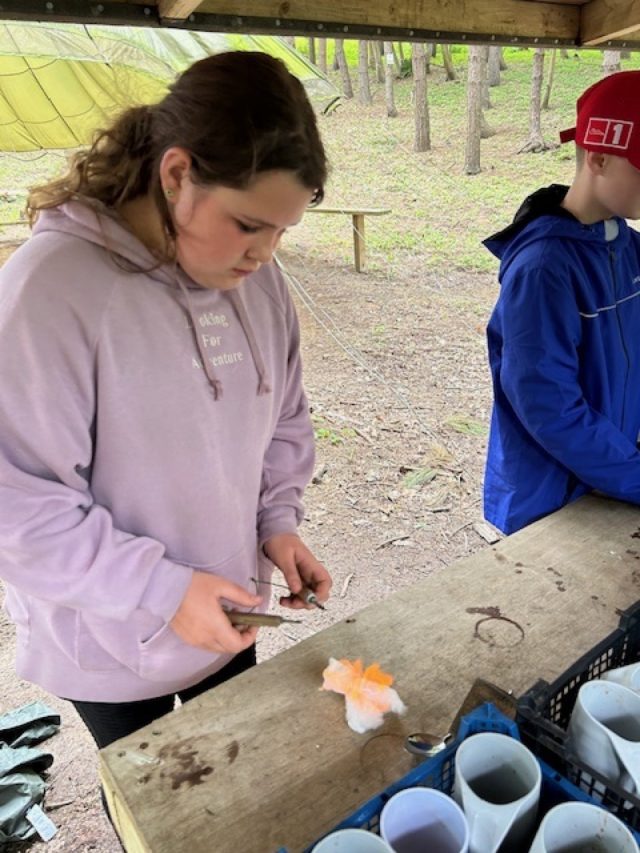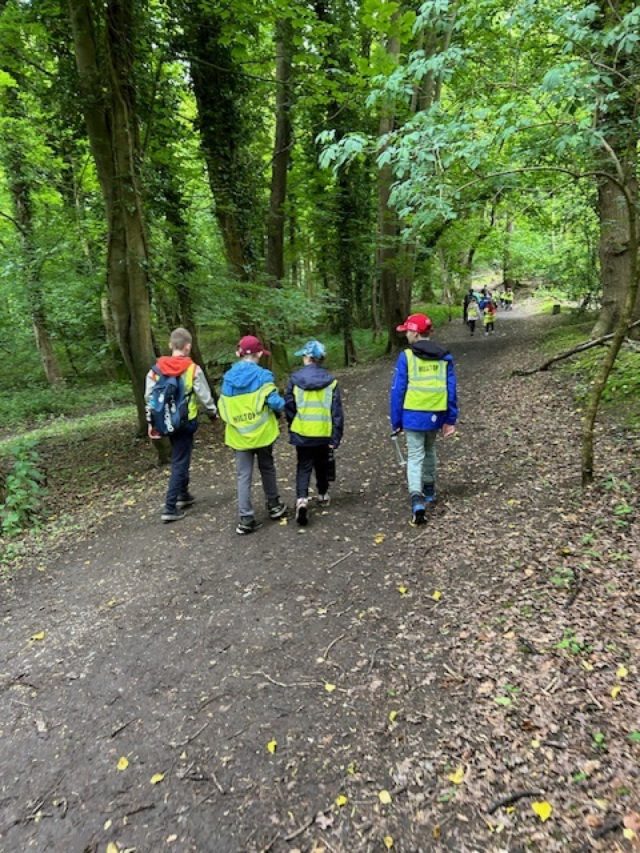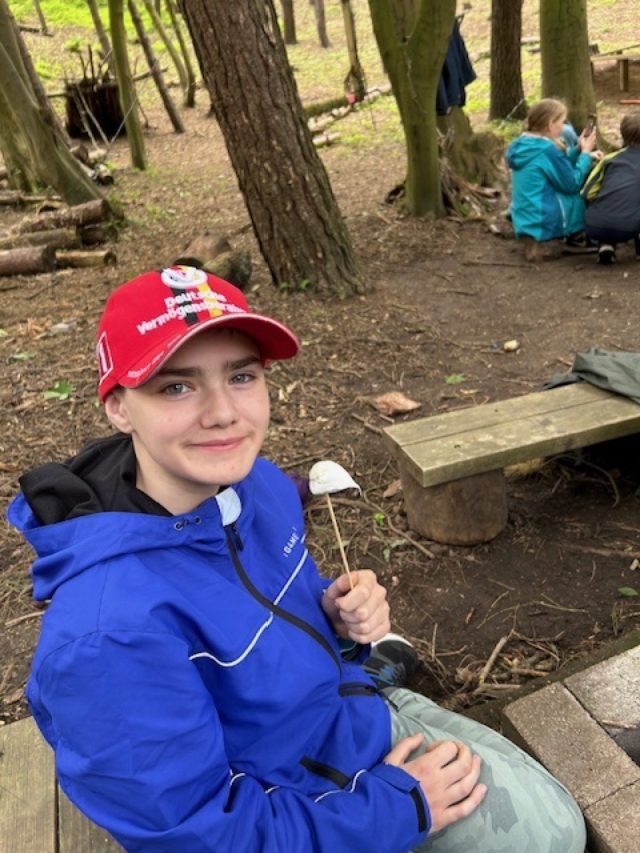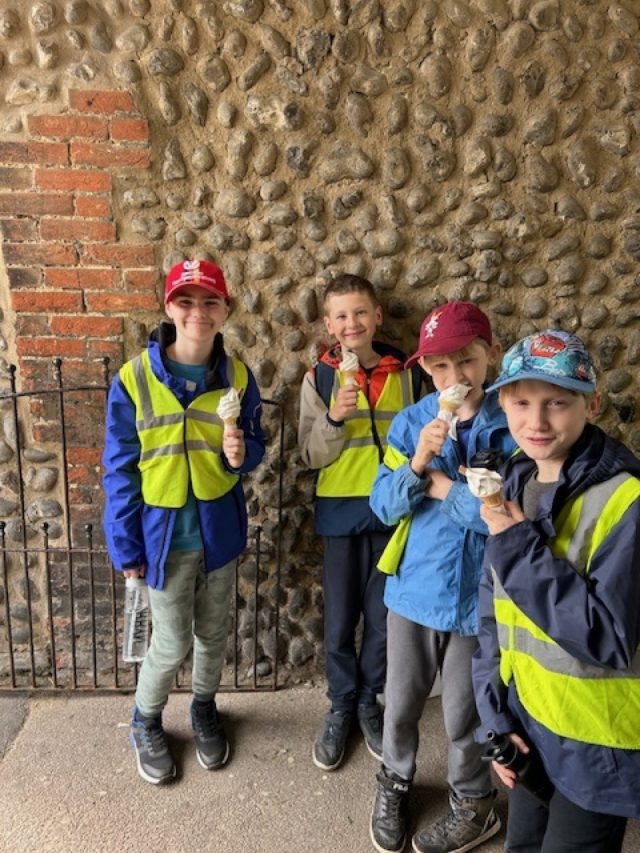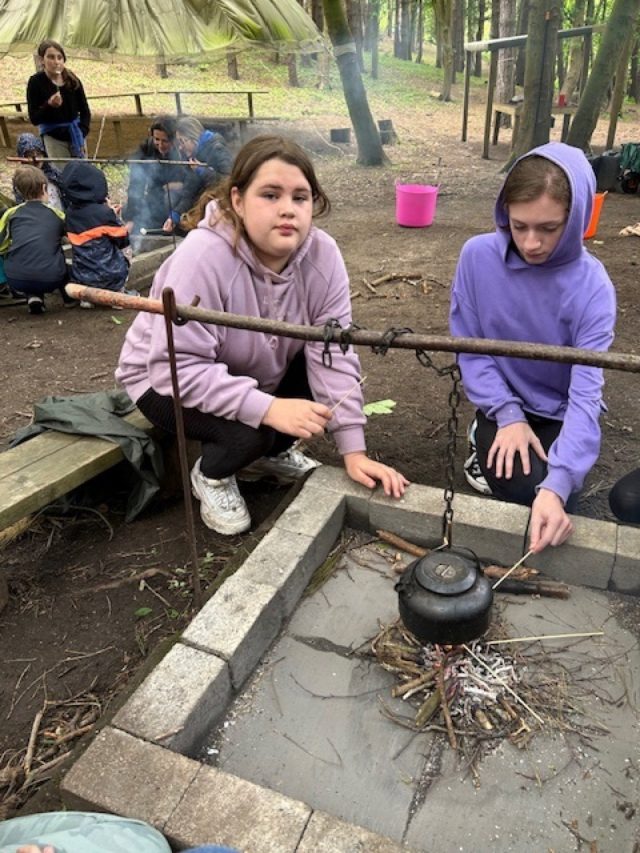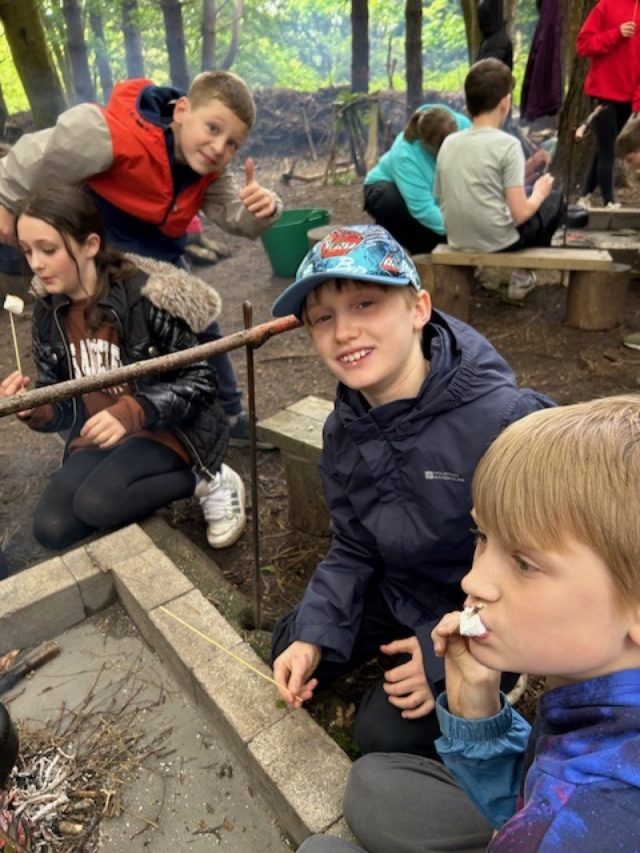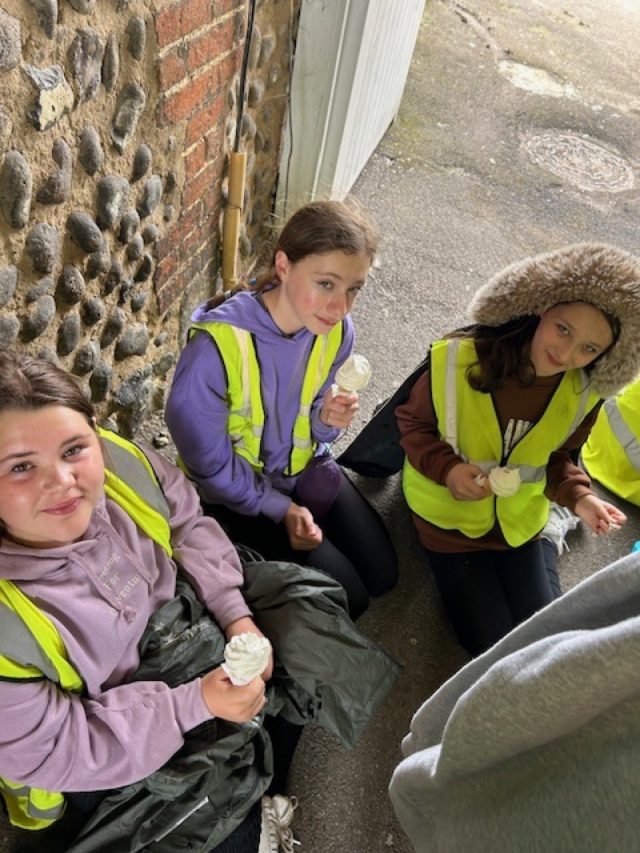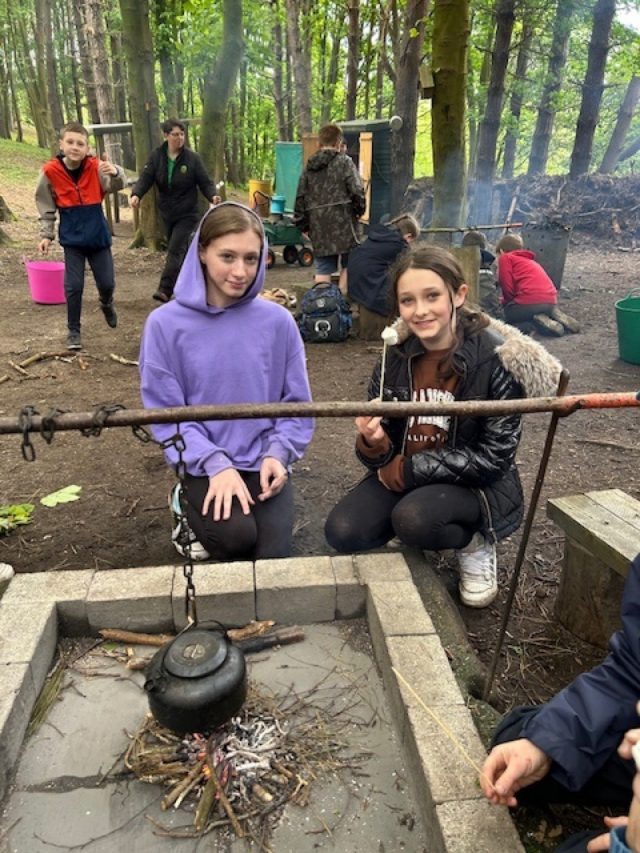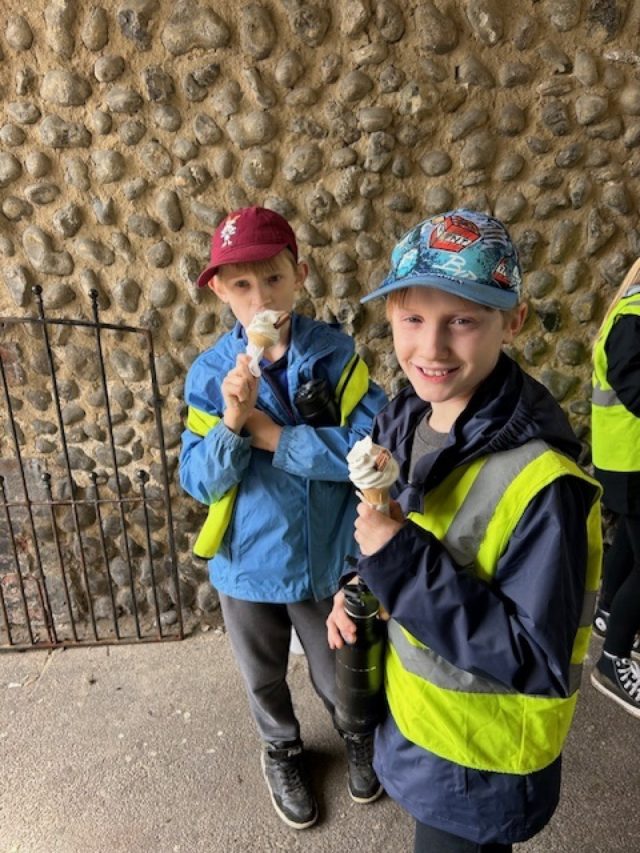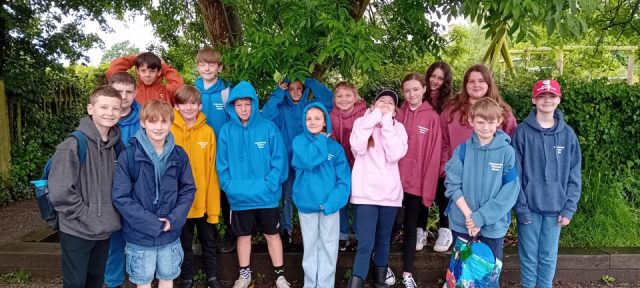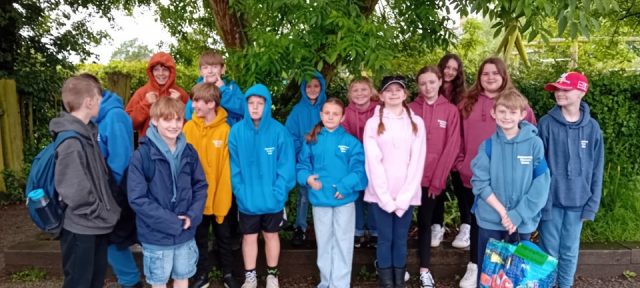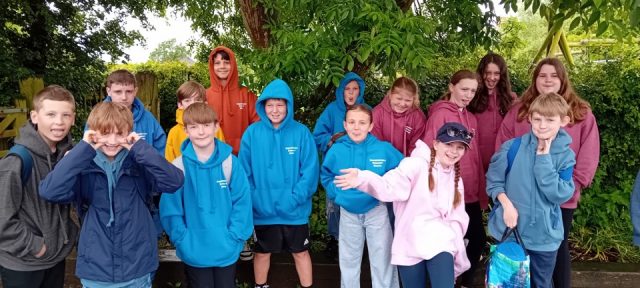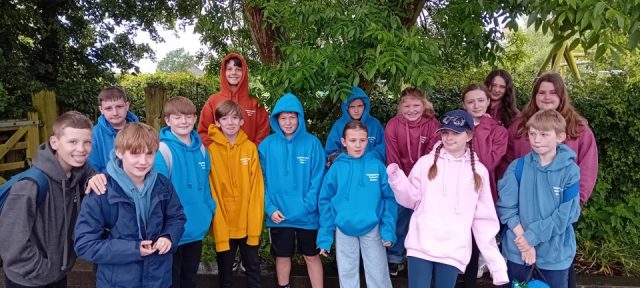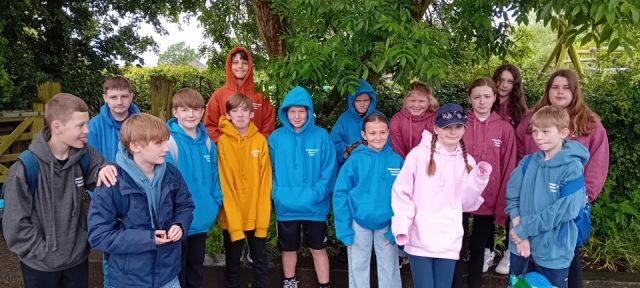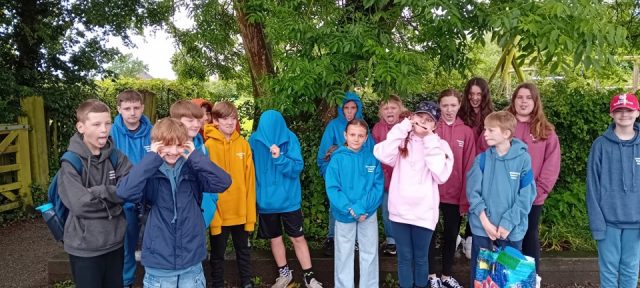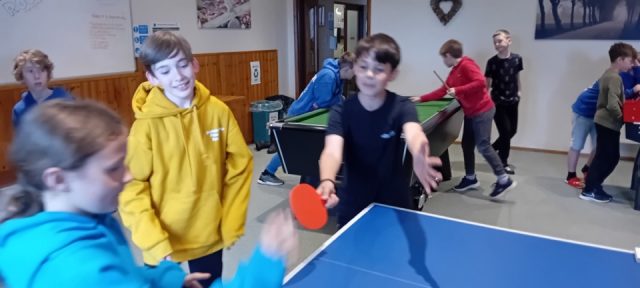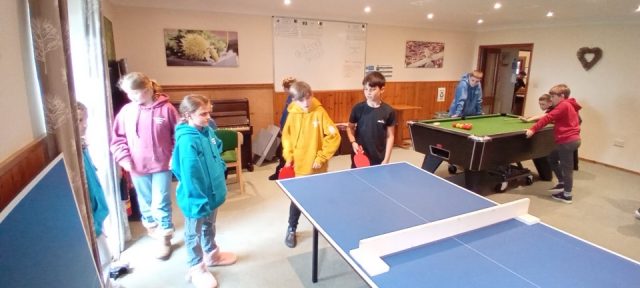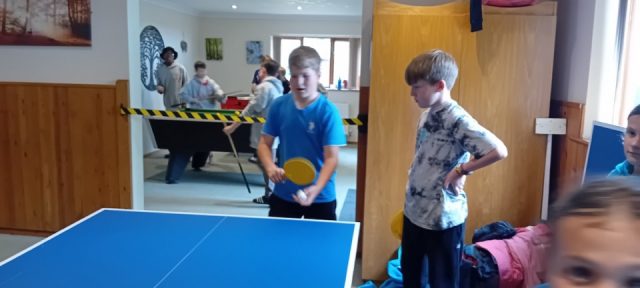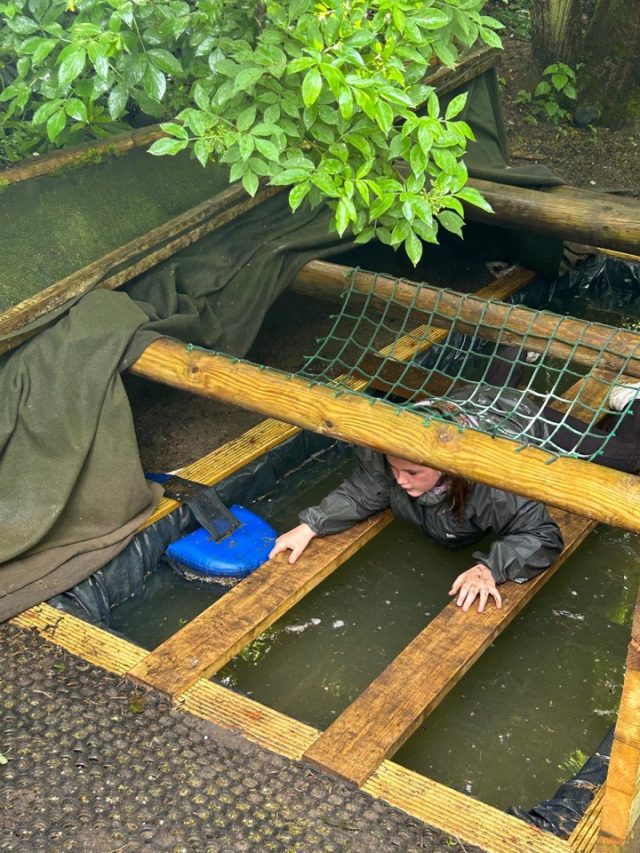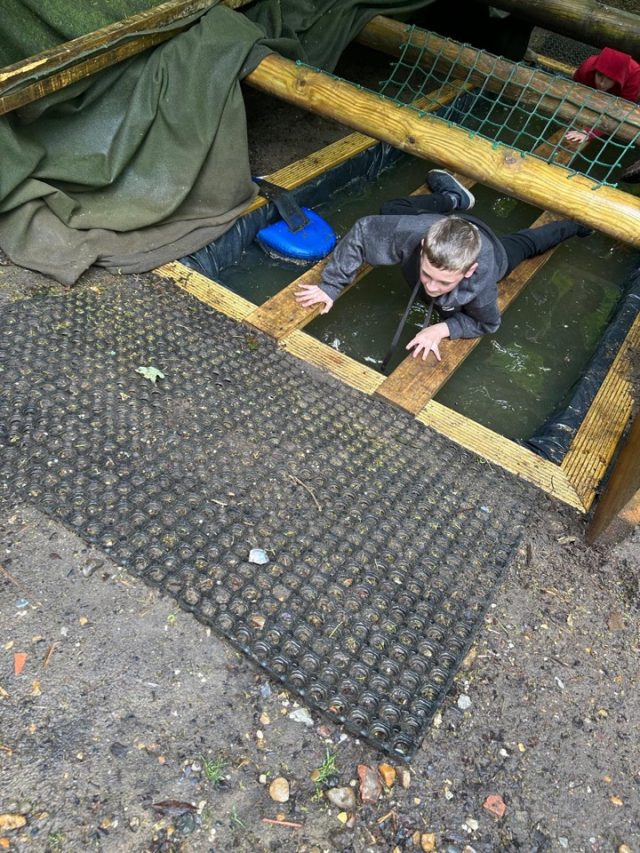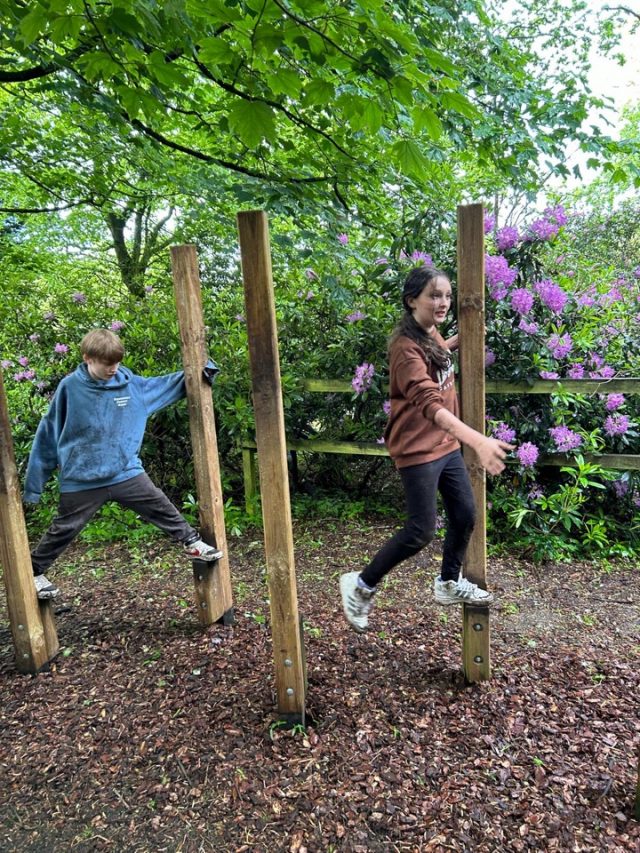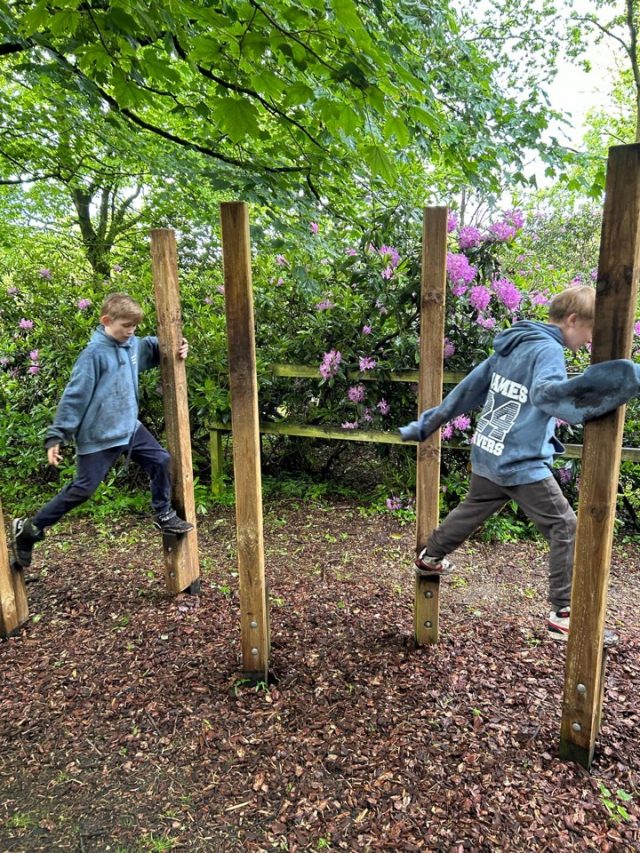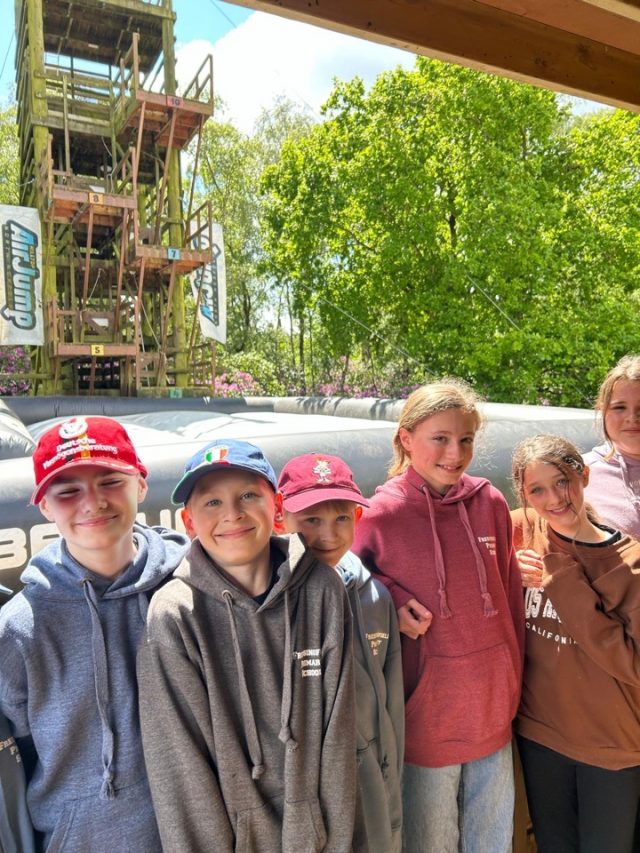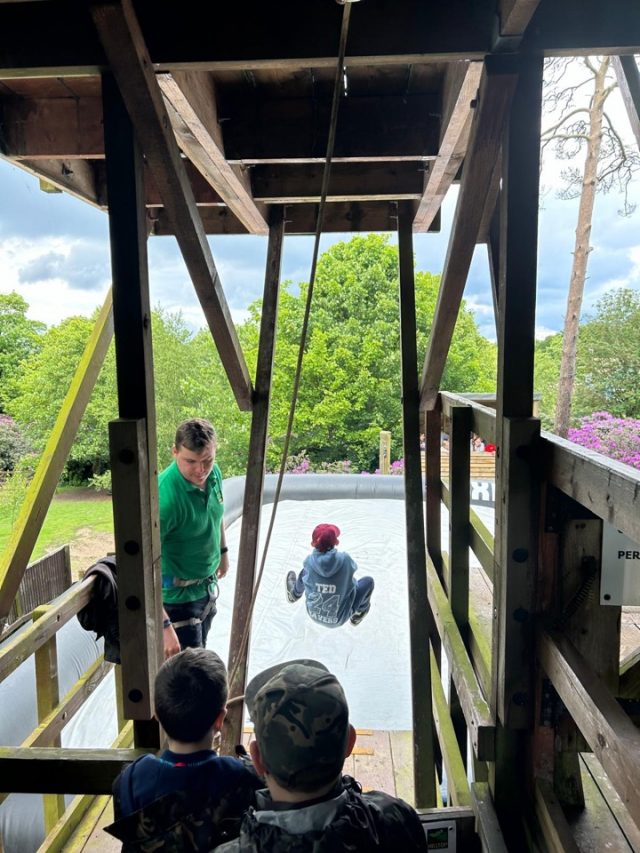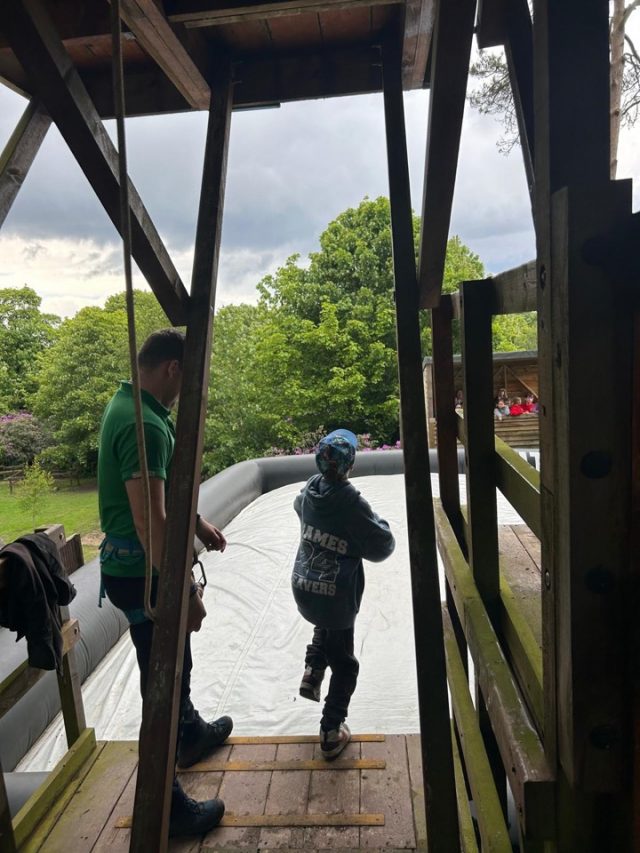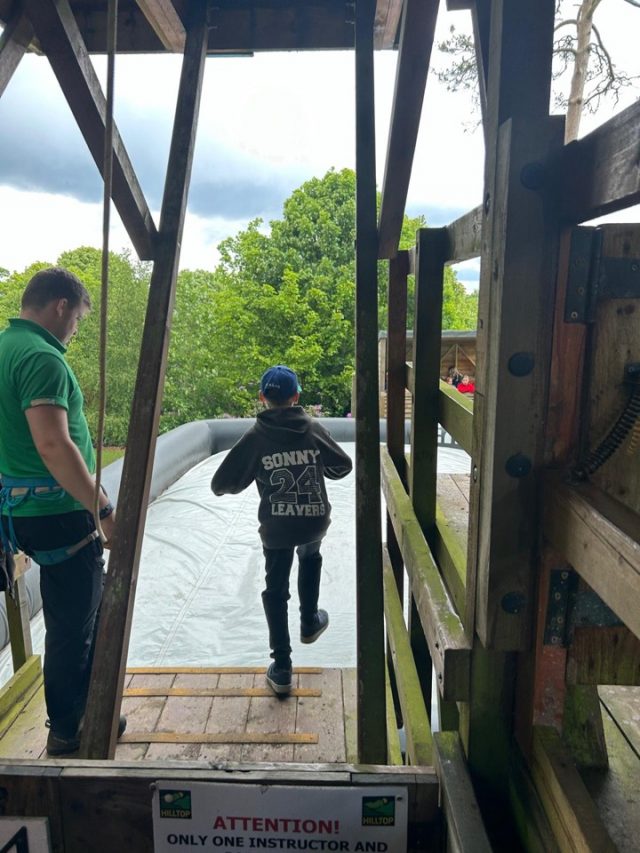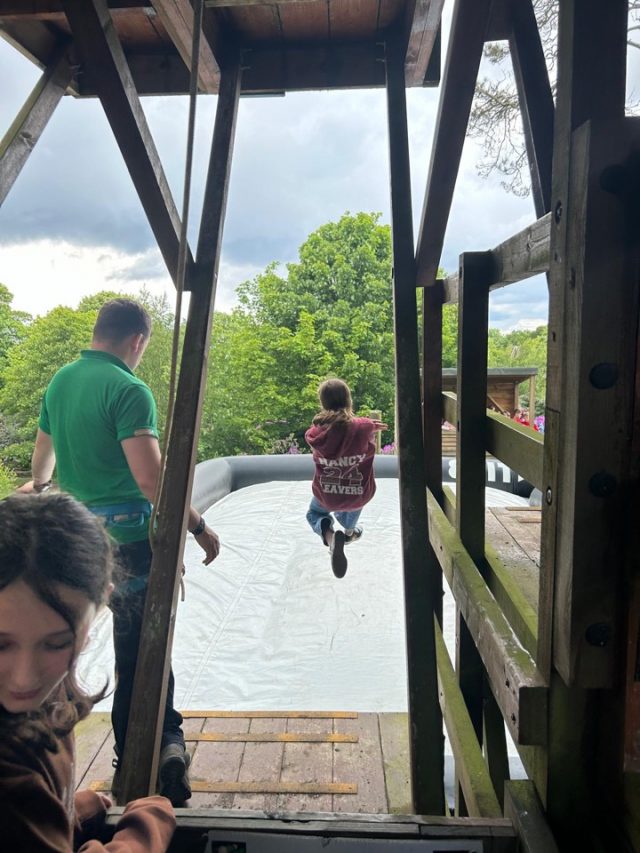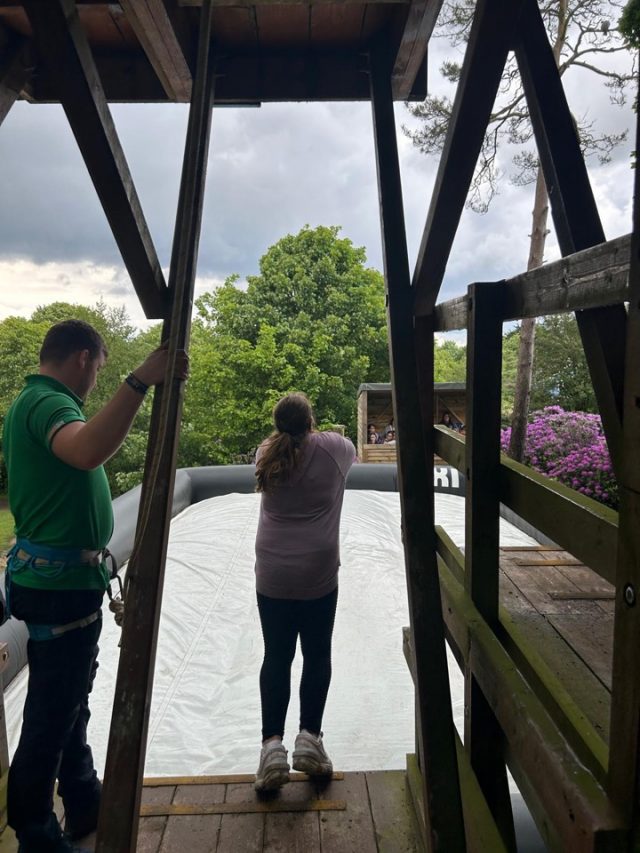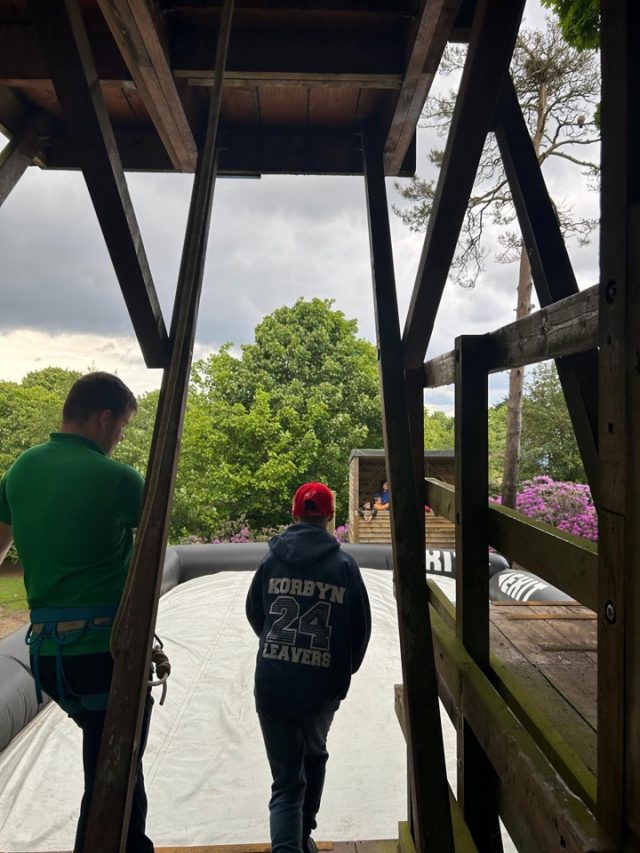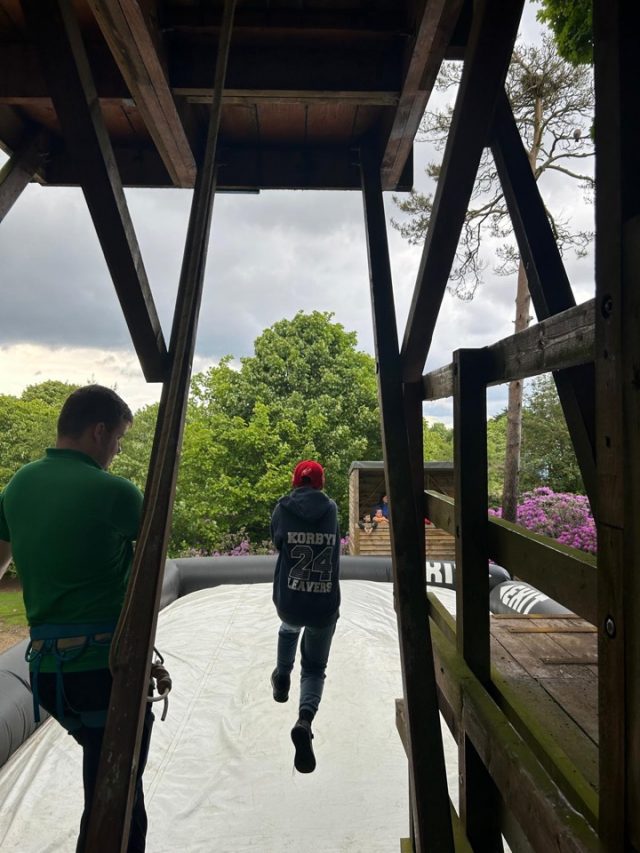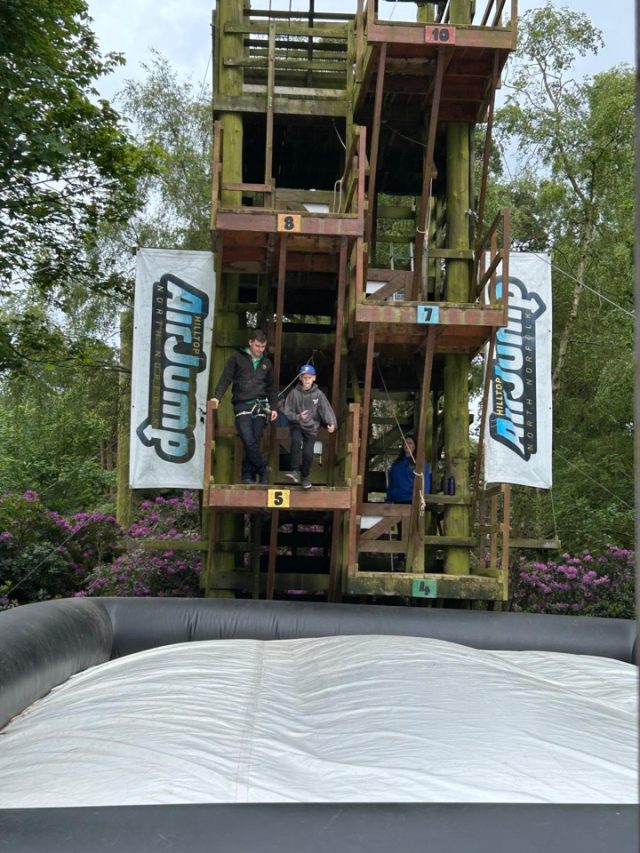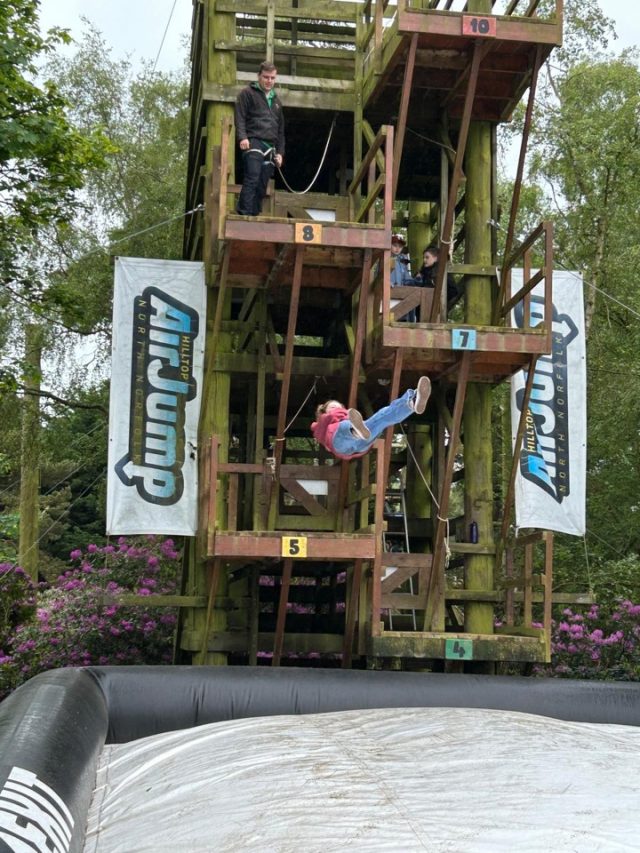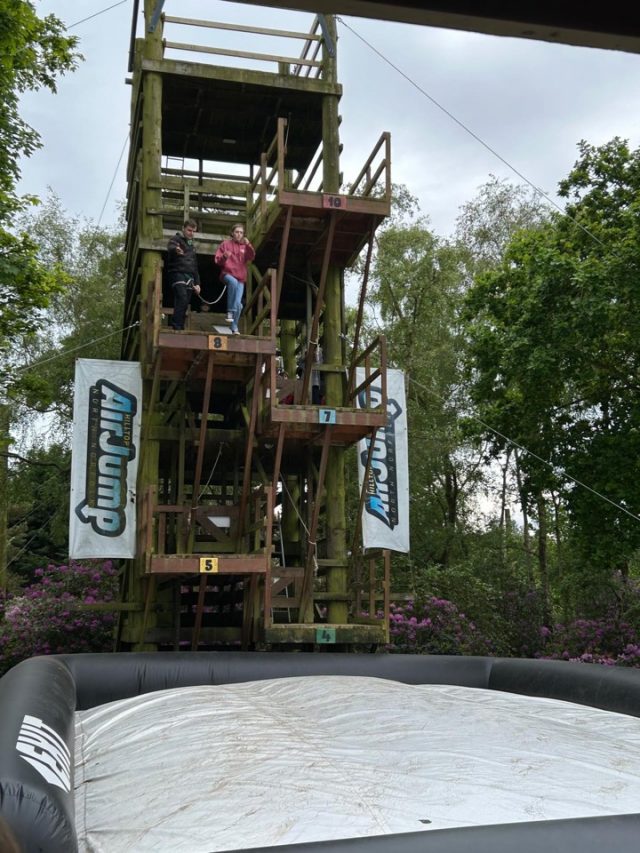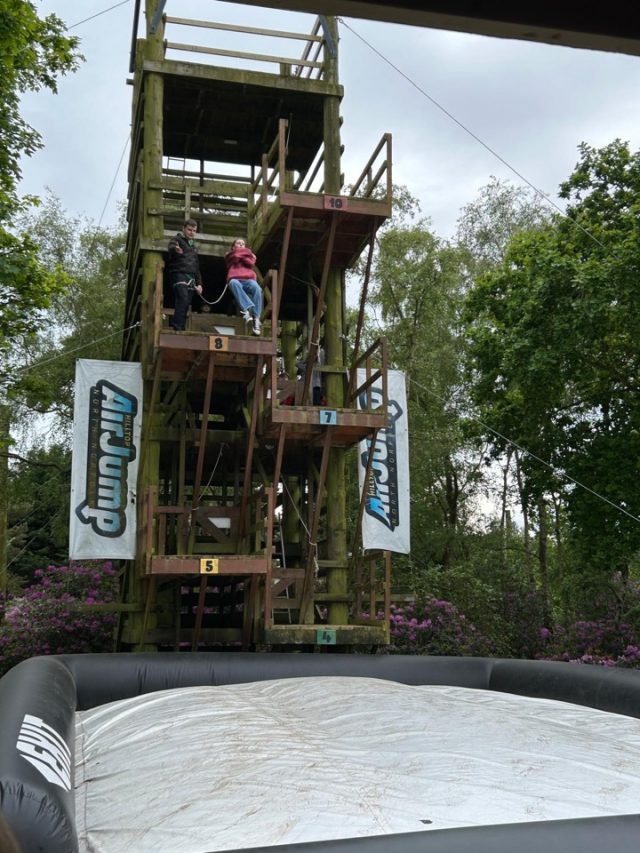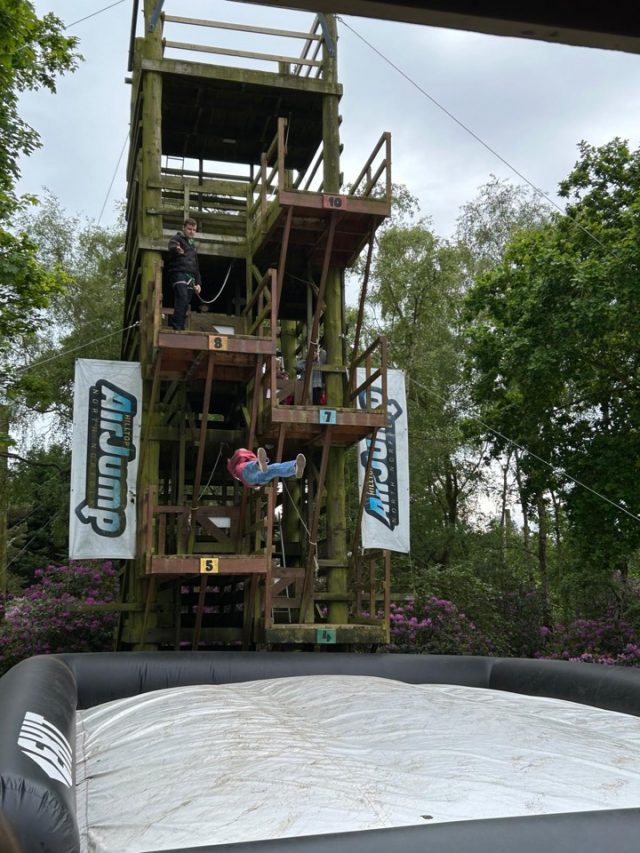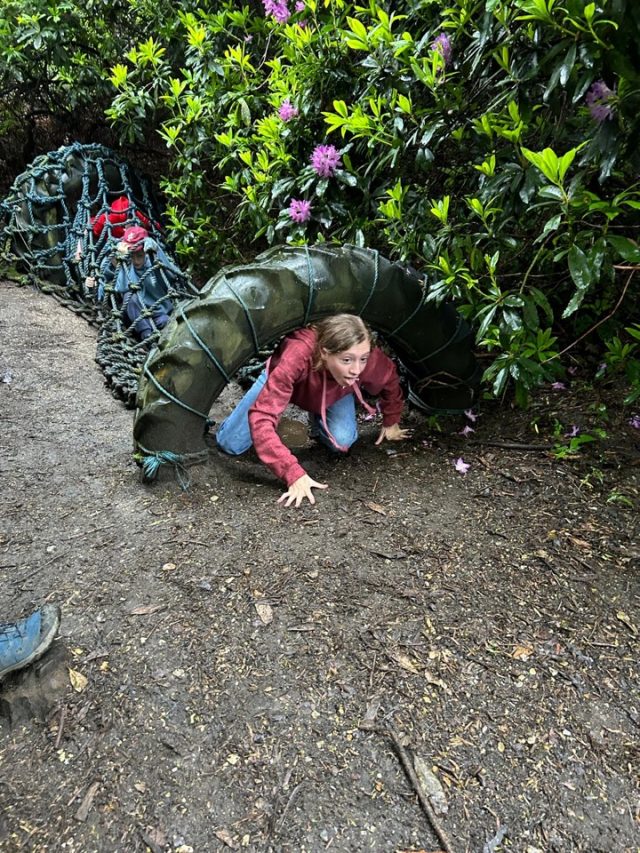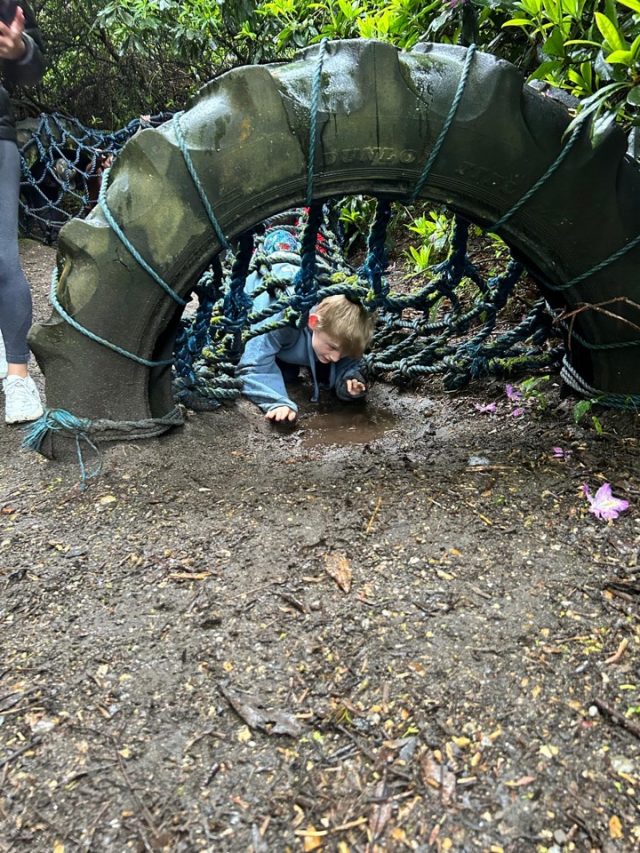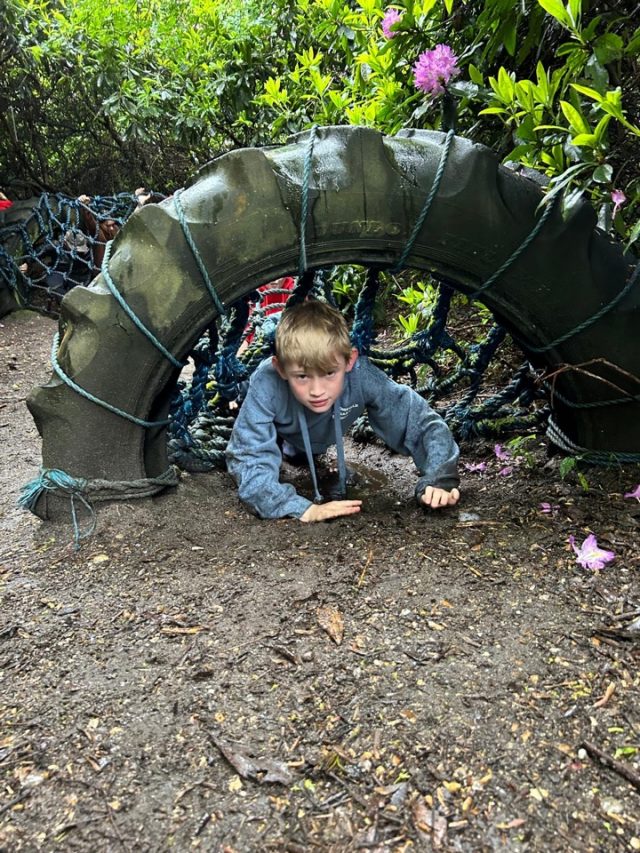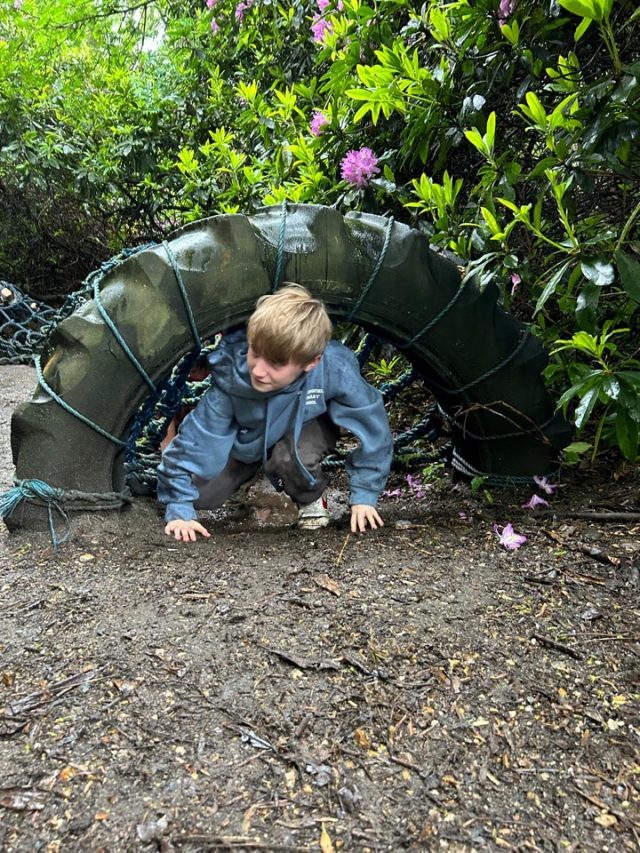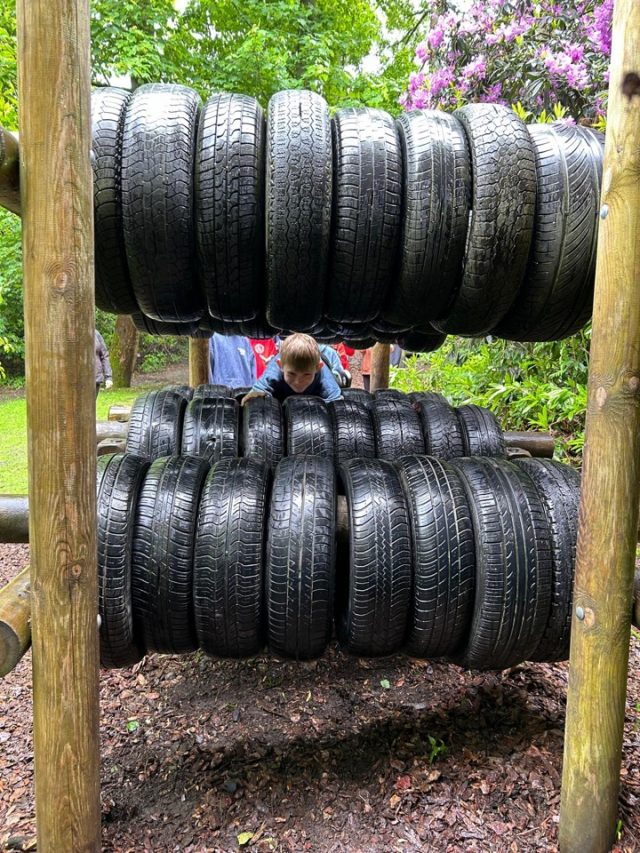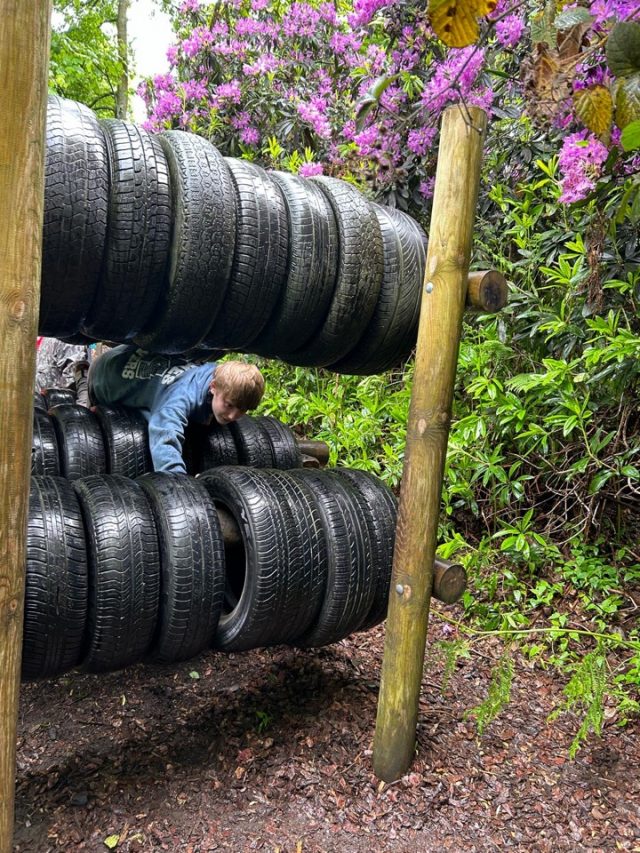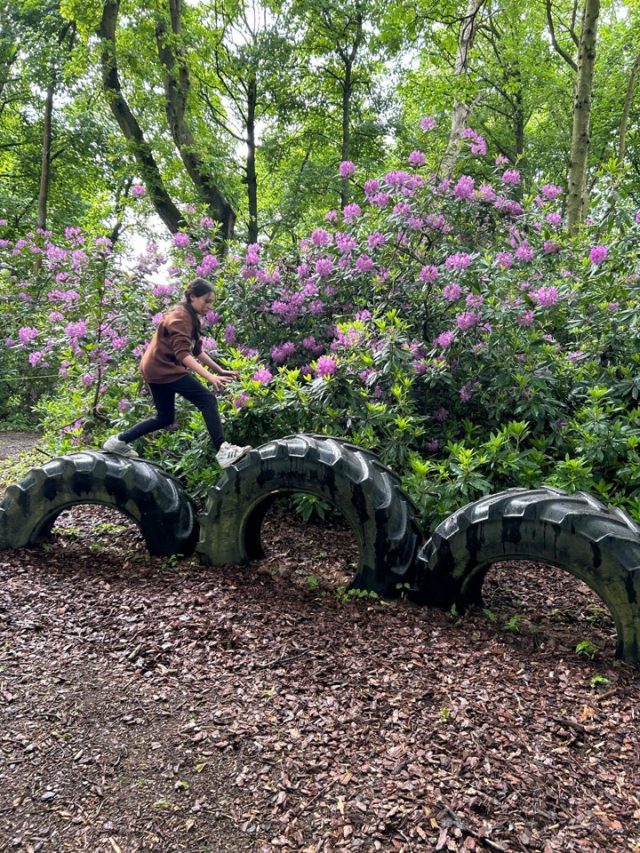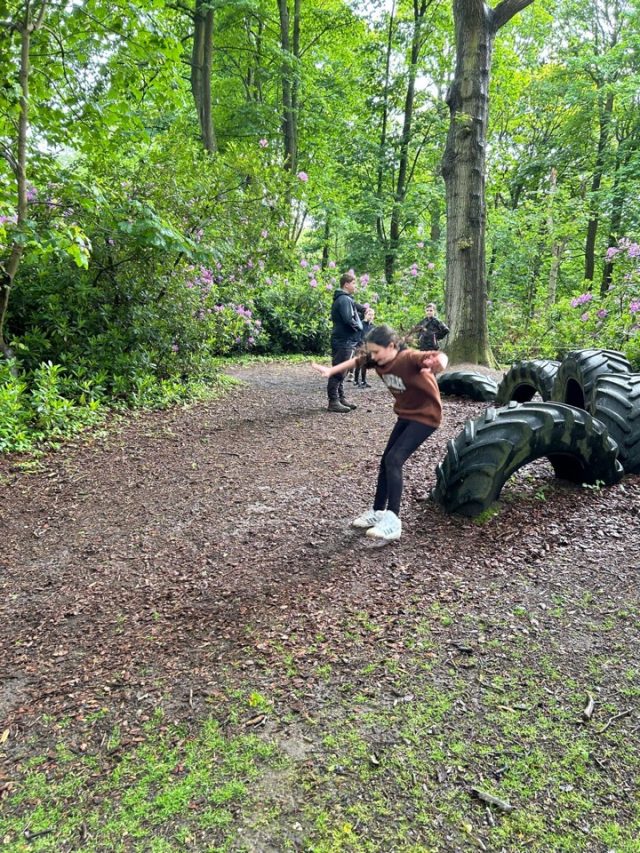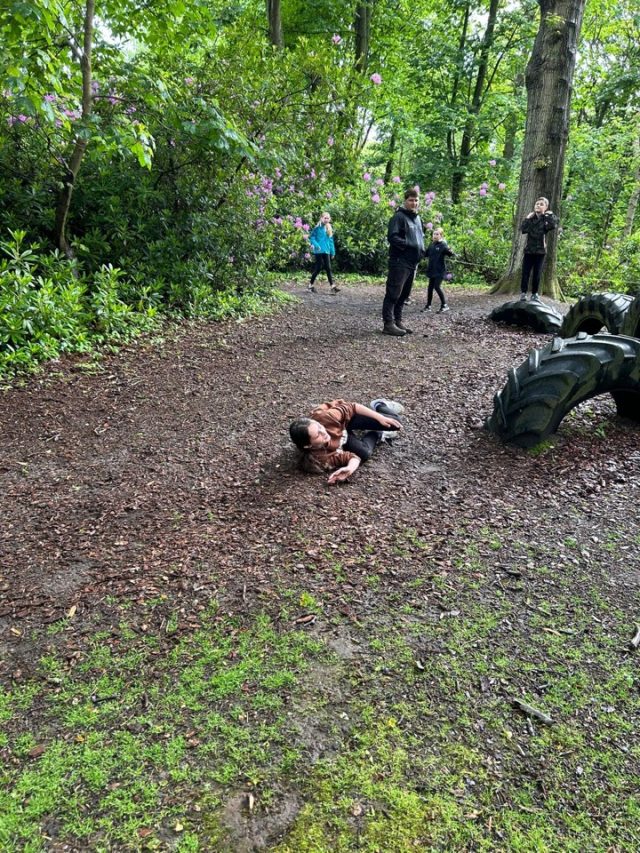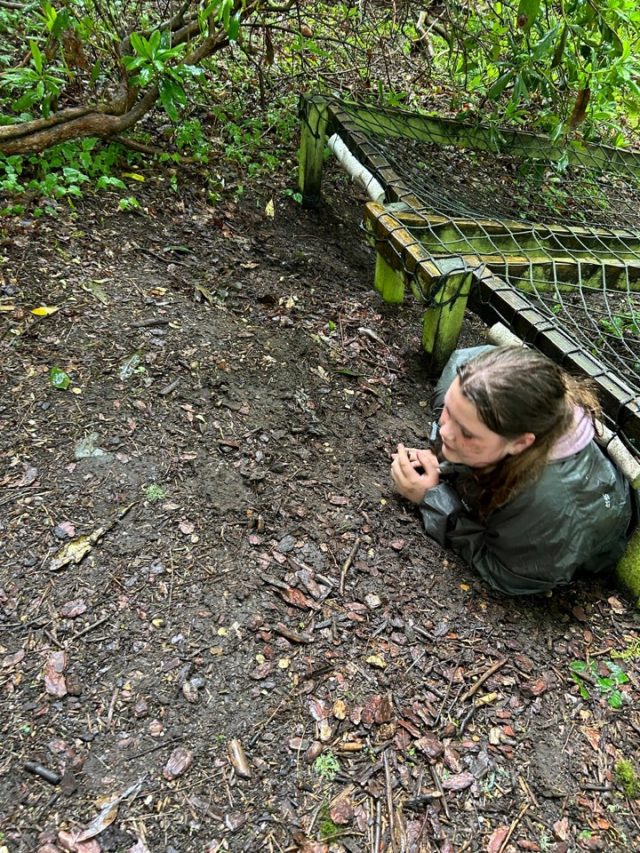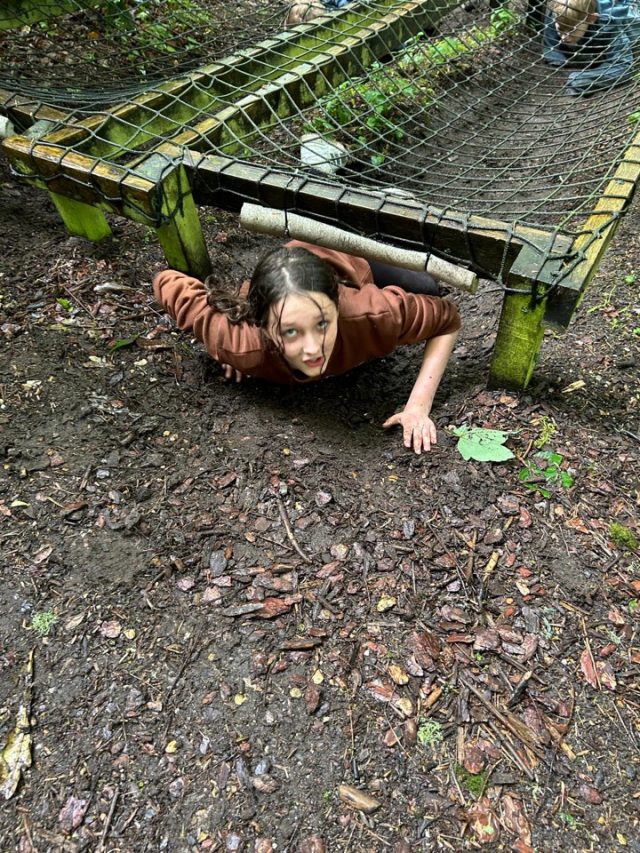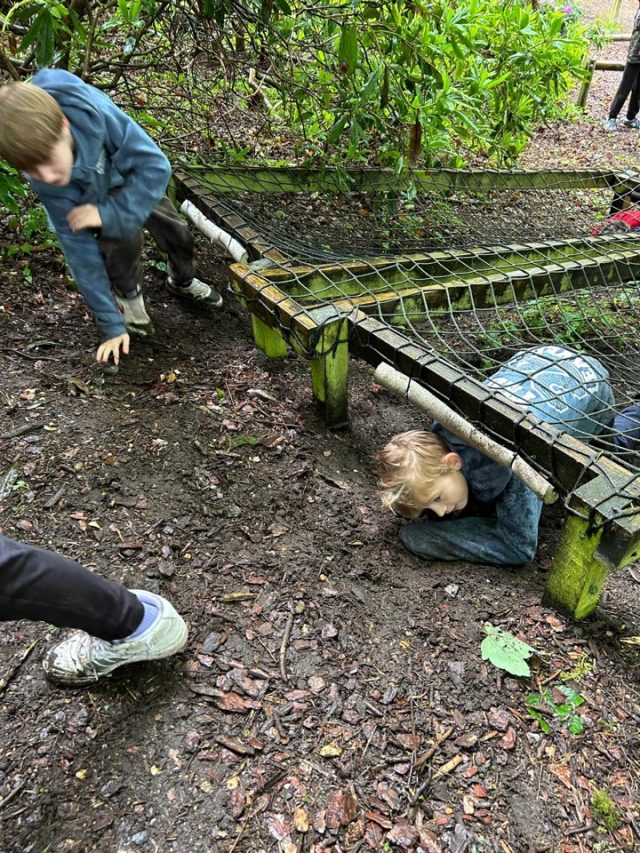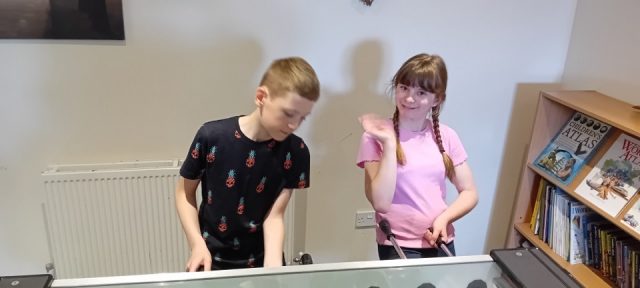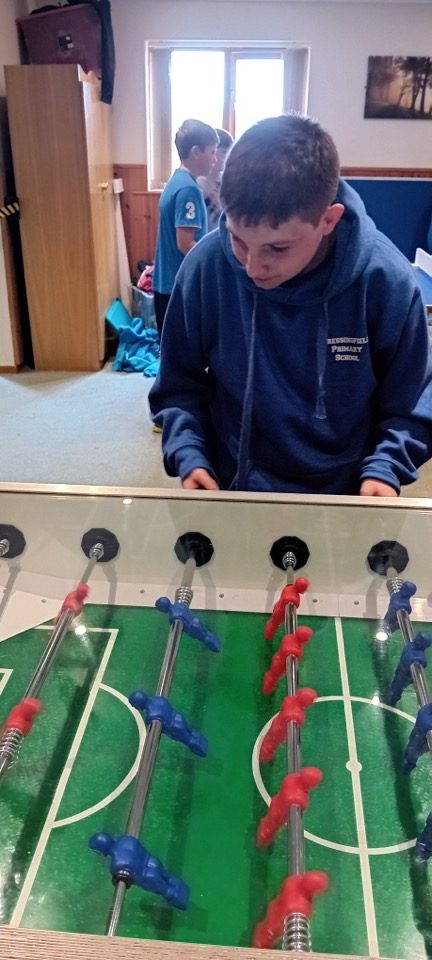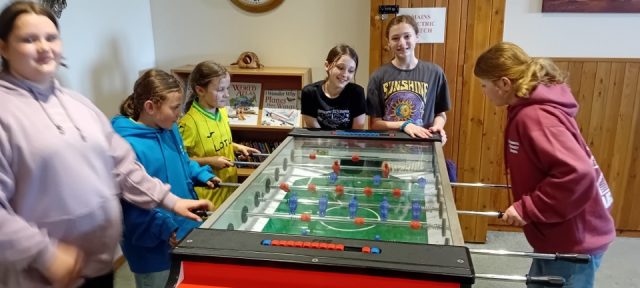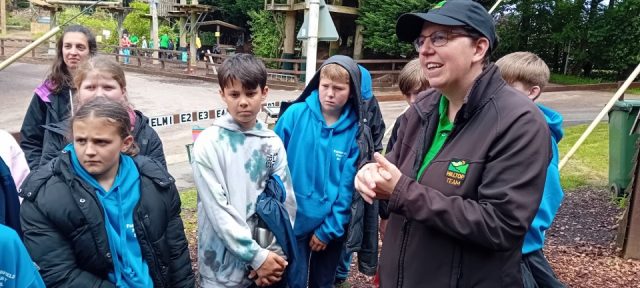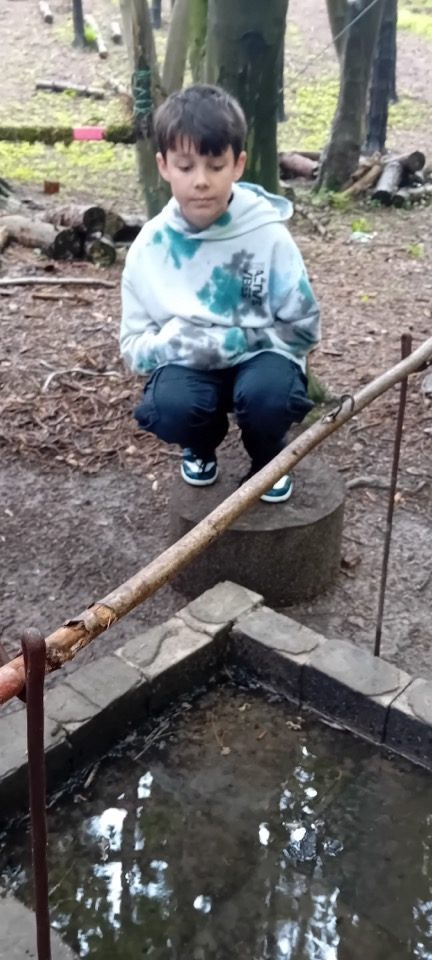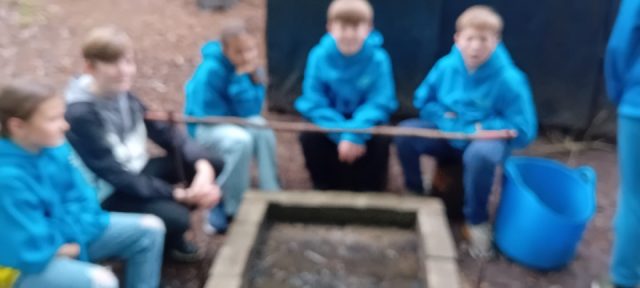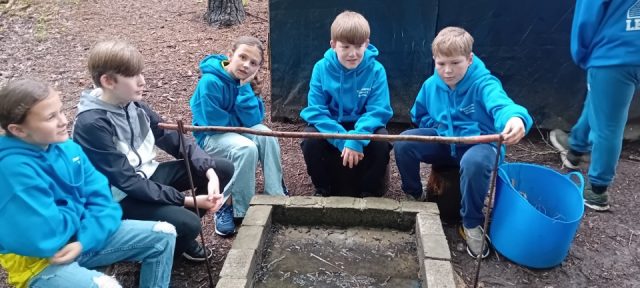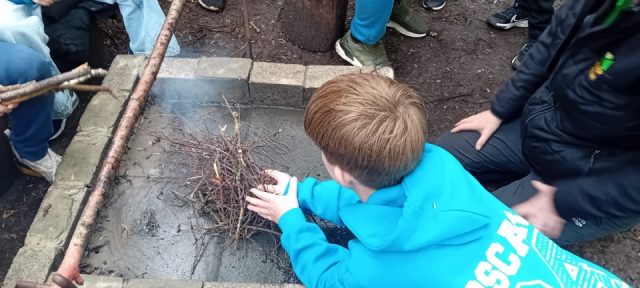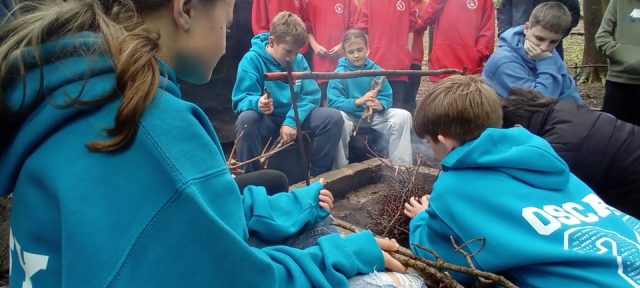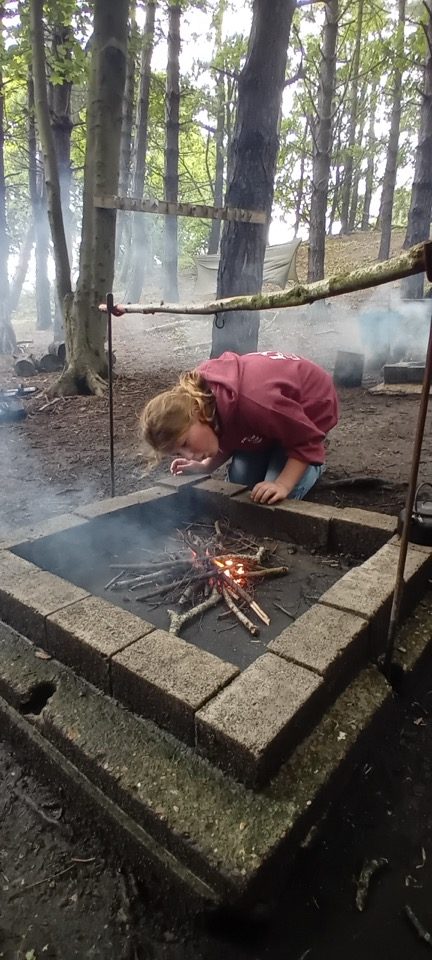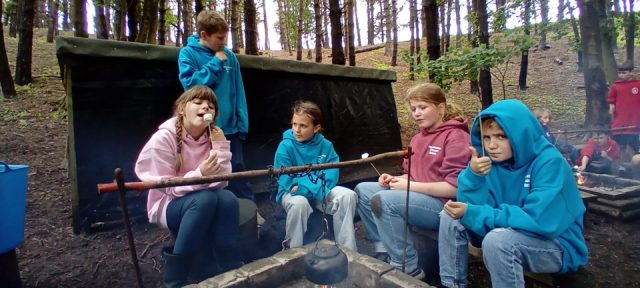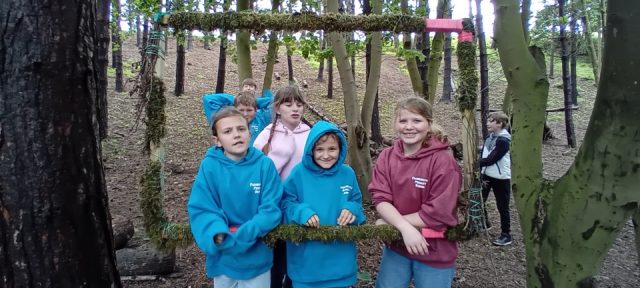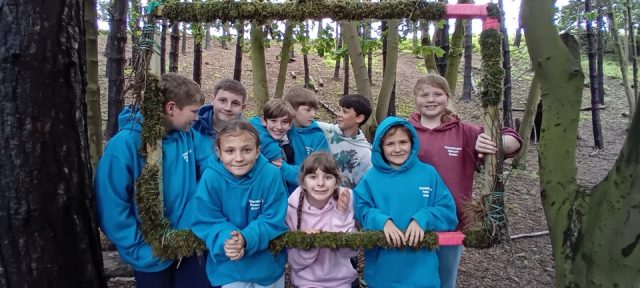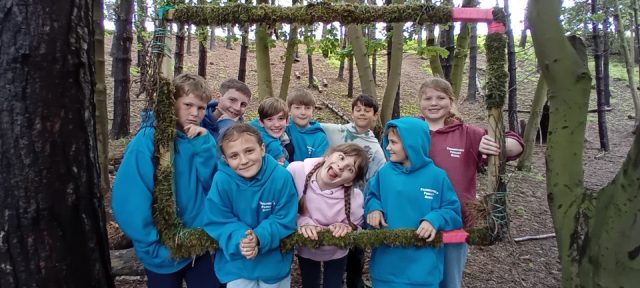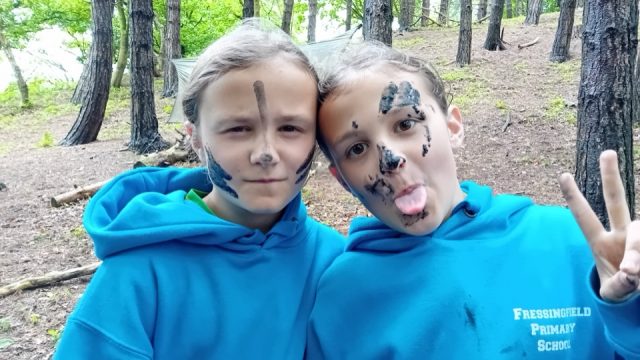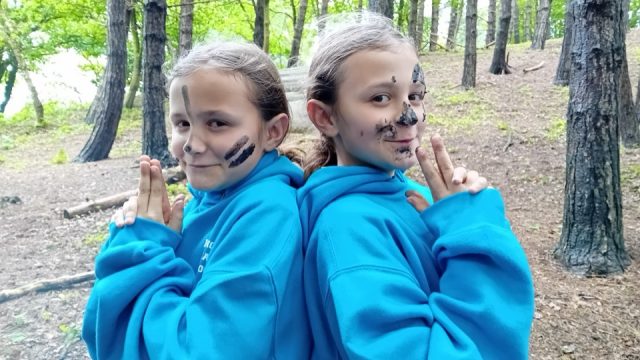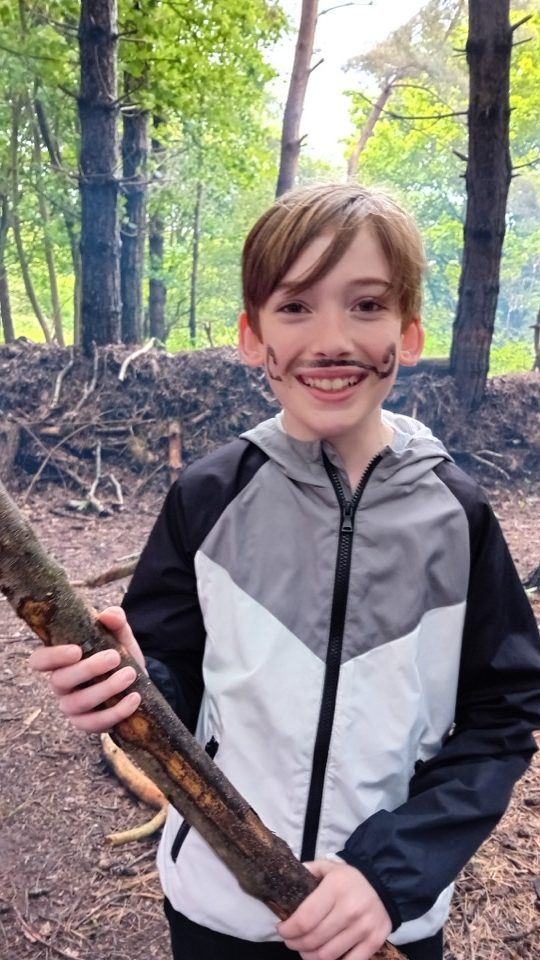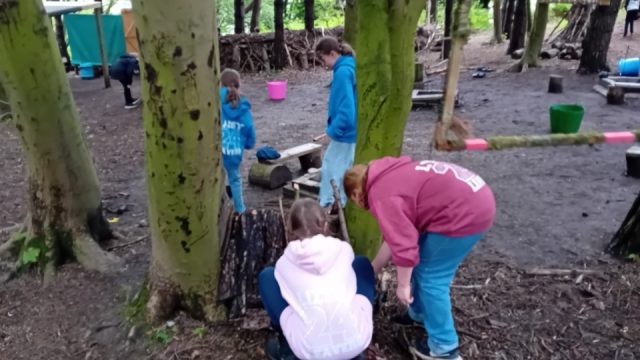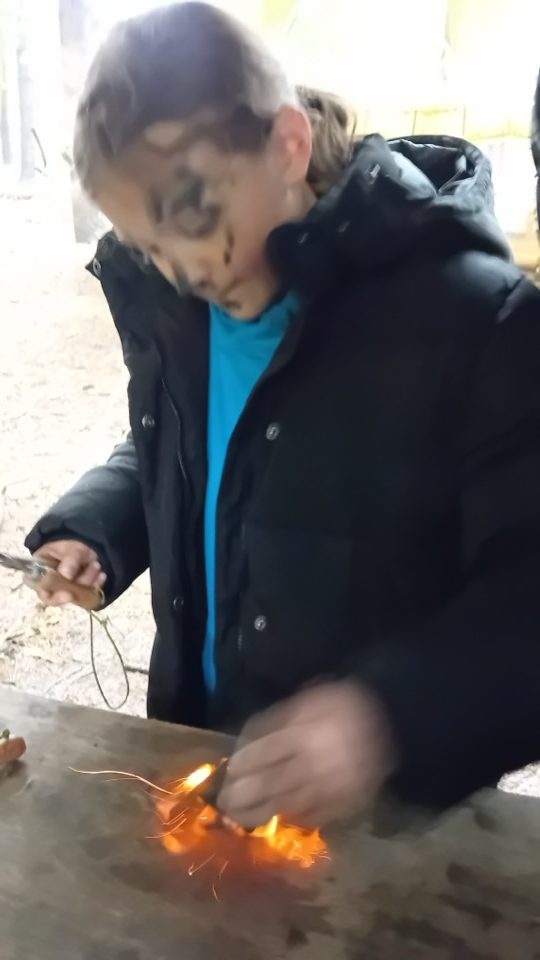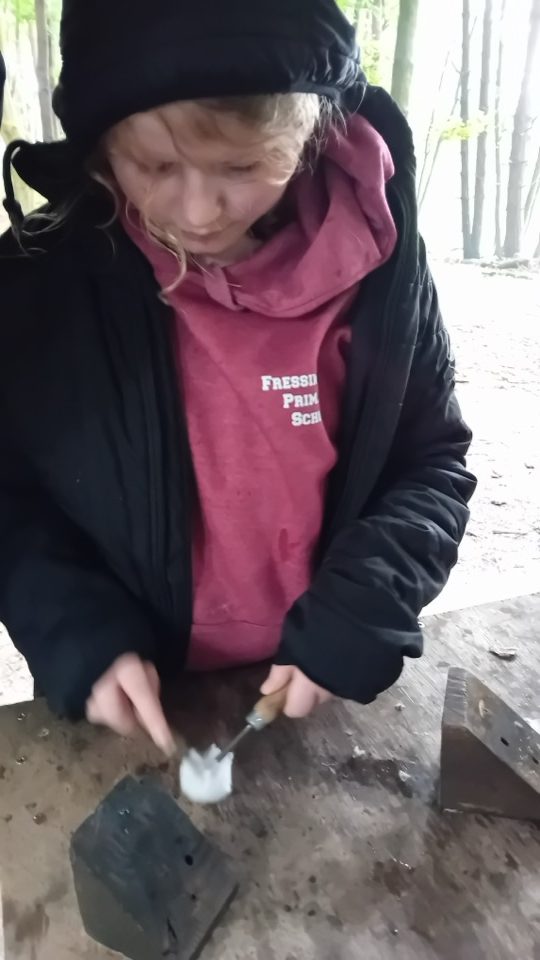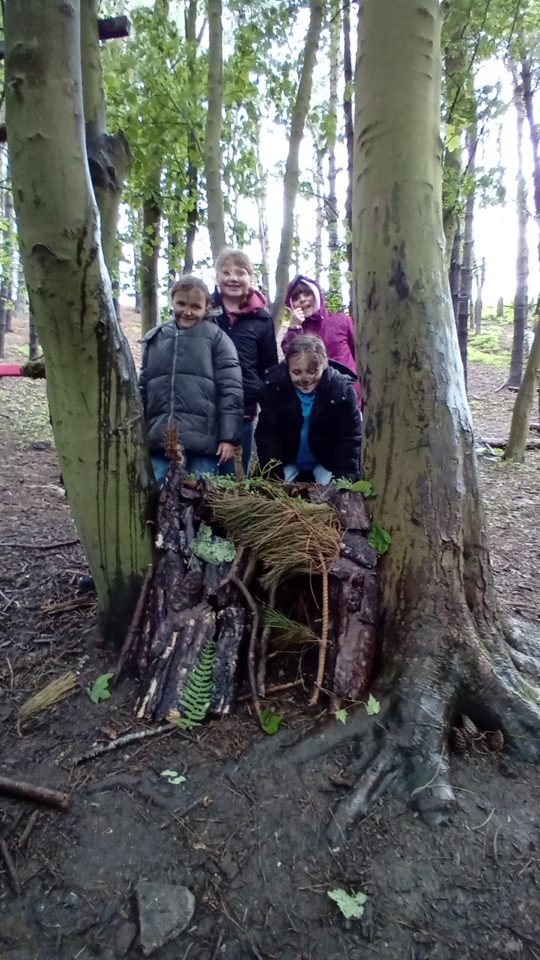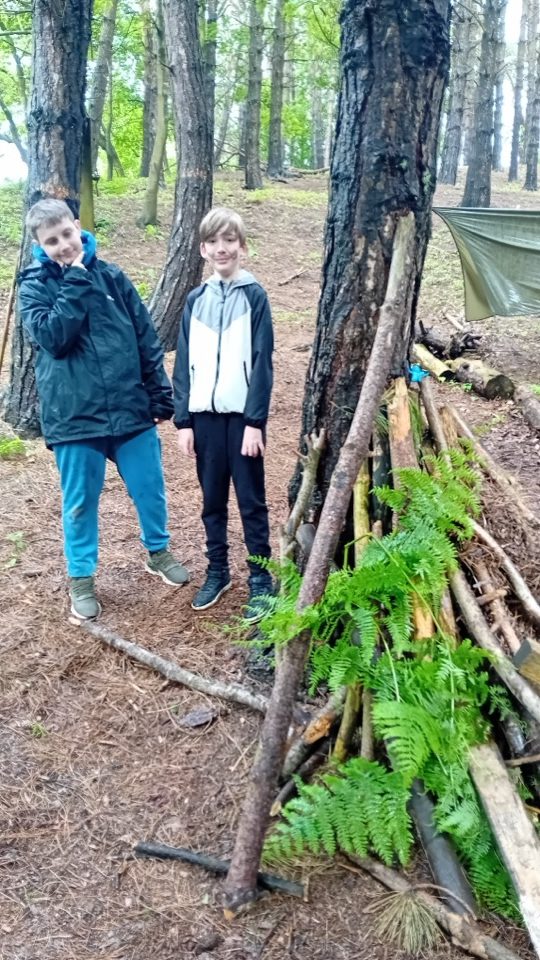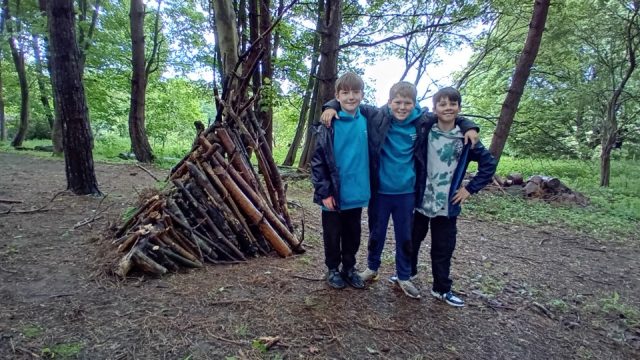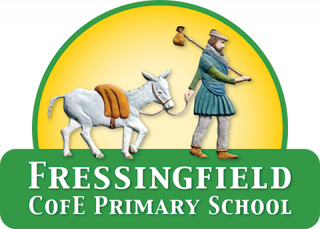Classes
Y6 Residential – Day 3
That’s it! We’re all packed up and on the coach home. It’s hard to believe how quickly it’s gone.
We’ve had a great morning though and ended on a real high – literally so because Group 1 was on the Air Jump and Group 2 were on the Tree Top Trail.
These bigger activities are when the challenge by choice ethos is really clear. The children chose their routes or the height of the platform then work through at their own pace. Some children, such as Tobie, Daisy and Nancy, are just full of confidence and seem to be unfazed by challenges at height – for them all these challenges are just another form of play. For others, the activities quickly reach a level where they really have to conquer a fear and will themselves to continue. Bella, Sienna, Maisie Lydia, James, Lizzie, Sonny, Oliver and Korbyn all fall into this category and their ability to overcome their doubts and push through despite their very legitimate fears was awe inspiring. Others fall somewhere in between, getting on with things with a quiet confidence, or trying to progress by improving their technique. Ted is one of these; he just enjoyed the challenge and was prepared to take on the harder and higher of the two courses. Similarly, Oscar, George and Niall were determined to get as high as they could on the Air Jump and they just kept working away at it and working away at it.
So, well done all. It has been a fantastic three days. The children’s behaviour, attitude, teamwork and perseverance have been brilliant. Mrs Scott and I are so proud of them all.
And now, it’s the half term so we can all take a much-deserved break. Have a lovely holiday everyone.
Mr Leicester
The Year 6 Residential – Day 2
It’s incredible how much can be squeezed into one day! Today has included a tree-top trail, a huge walk to Sheringham for an ice-cream, a swim, fire-making and camp building, three cooked meals, a room inspection, bag packing and a Stars of Fressingfield Award Ceremony. I’m not sure how we managed to achieve so much, but it helps that the day started at about 5.15am! Needless to say, we have some rather tired-looking children tonight, so we’re hoping they will sleep a little longer.
For Group 2, which includes Ted, James, Sonny, Korbyn, Nancy, Sienna and Maisie, the day started with an enormously long walk to Sheringham. The walk took in the Pretty Corner Woods, the old priory, the common, the Beeston Bump, the train line, the beach, the ice-cream shop and the town itself. It’s a wonderful walk with beautiful views, a bit of history about Henry VIII and the challenge of using a compass and reading the maps themselves to work out the directions to the next waypoint. The girls completed the walk very much in their own bubble – they have loved being together over the last three days and they seem to be able to entertain themselves endlessly. The boys really enjoyed it too and Mrs Scott said it was lovely to see them pretty much arm in arm helping each other along and chatting and just enjoying it all.
Meanwhile, Group 1, which is George, Oliver, Oscar, Niall, Daisy, Bella, Lizzie, Tobie and Lydia’s group were taking on their first BIG challenge here – the Tree Top Trail (or Chree Chrop Chrail as we seem to be calling it). The first job, after getting on our harnesses and helmets, is getting to grips with the safety locking mechanism; it’s a clever system which means the children have the freedom to choose different routes but they are always attached to the wires on the course. Learning how to use it all involves keys, rings, karate chops and marriages (they’ll have to explain when they get home). But once they have the hang of it, they are free to go. The course starts at ground level, but very quickly, the children have to negotiate a wobbly ladder across the road, balance beams, tightropes blocked by balloons, barrel bridges, hoops, and all sorts of other obstacles. Some children are fearless with this: Niall and Tobie are quite happy dangling and playing no matter how high up they are; for others it is all a bit more of an ordeal. But that’s where the challenge-by-choice comes in. Bella needs a special mention for overcoming her initial worries on the wobbly bridge and then choosing to complete the higher of the two challenges. You’ll see from the photos how much fun the others were having.
In the afternoon, Group 1 set off on the Journey to Sheringham for a Mr Whippy, and Group 2 set off into the woods for the bush craft. They had just as much difficulty getting the fire to light as Group 1 had yesterday, but this time the wind was the issue. However, Maisie stepped up to the plate and did wonders blowing on the embers and feeding the fire with kindling to get it all going. They arrived back at the base covered in warpaint and completely happy.
The evening included a twenty minute dip in the pool for each group. It’s unheated but James and Ted said it was fine once they had got in. Sienna agreed, but said that getting out was difficult in the wind. I’m not surprised.
After dinner, whilst the children were playing a mega game of Mad Hatters on the field, the Room Inspectors arrived. They are fierce and have incredibly high standards. The boys performance here was mixed, we came both first and last in the competition. So, whilst both rooms had certainly made an effort, it was Oliver, Oscar, George, Niall and Tobie who won the prize: it was the display of their hoodies on their spare bed each with their name uppermost and an item of personal significance underneath (a fishing book, a picture of dad, etc) that helped win the judges’ admiration. The girls had also made an effort, but the competition from other schools was pretty stiff and they finished in fifth and sixth places overall (out of six. Oops.).
The evening ended with Stars of Hilltop: the children nominated people they had noticed being kind, helpful or brave, or those that had overcome a personal challenge, etc. It’s a lovely moment and many of our children were either nominated or had lovely things to say about the people they were nominating. I love it.
And now the children are in bed. Tomorrow we’ll pack up our rooms before our final activities (The Air Jump and the assault course for Group 1 and the Chree Chrop Chrail for Group 2). Then we’ll set off after lunch. Be prepared for some big hugs from some very mucky children!
News from Hilltop – Year 6 Residential Day 1
I was hoping for the Quiet Room duty this evening after a busy day, but I find myself here in the games room as Lydia, Sonny, Daisy and Lizzie play ping pong. They are definitely enthusiastic, but seem to use the same amount of force to hit the ball as they would a rounders ball, so plastic missiles are whizzing across the room at high speed. There’s a certain level of jeopardy sitting here, but those are the lengths your intrepid reporter is prepared to go to to bring you the latest news from the front line. It’s not all bad though because I’ve just been serenaded by Korbyn on the piano. Lovely. If only the current piano player had the same level of skill!
It has been a packed day. The journey passed without incident and we arrived in good time to set up our rooms before having our packed lunches. The Fressingfield boys are taking the tidy room challenge seriously and have all unpacked and put their things away. Soon we were splitting into our day groups for our afternoon activity. For Lizzie, Daisy, Bella, Lydia, Oscar, Oliver, Tobie, George, Niall and a similar number of children from Laxfield and Stradbroke, this meant bushcraft. This started with a walk through the woods up to the top of the hill looking for silver birch kindling, which is full of natural oils so is excellent for starting fires. They soon had a trug filled with this and one-finger and two-finger wood. The rain was intermittent throughout the afternoon, but we were quite sheltered in the woods. So small rafts were built for our cotton wool to sit on, then a strike on the fire lighter later and the kindling caught. Lots of blowing was needed to get the fires roaring, but they did enough to boil a kettle for hot chocolates and to cook some marshmallows. The next task was to build shelters for our Bendy Bobs, which – as you can see from the photos – the group took to with enthusiasm.
Meanwhile, Nancy, Maisie, Sienna, James, Ted, Korbyn and Sonny went off to the Air Jump. Needless to say, Nancy started from where she took off two years ago, fearlessly jumping from 8 metres onto an enormous air bag. The bag itself is about four metres tall – it wouldn’t fit into Yangtze classroom – and it sits next to an enormous wooden tower. All the children start on the same level as the top of the airbag and the key to being able to progress further up the tower is technique. The trick is to leap off and throw your legs forward so that you land on your back. For some, attempting this first jump a couple of times was enough, but for others, each subsequent jump involved climbing higher and higher up the tower. Sonny, James and Ted each made it to 7 metres – which is at about the same height as the tops of the trees. But Nancy went as high as is possible to go. Awesome flying. Or falling.
By the time I saw them all, they were absolutely filthy because, having finished the Air Jump, they moved onto the assault course… just as the heavens opened. The course involves wriggling, across planks, squirming through tunnels and crawling under cargo nets through the mud. Judging by the state of them, it seems as though they really got stuck in – as you can see from the photos.
Dinner was roast chicken and apple crumble with custard – which was a first for some of us (George gives it a 5 out of 10). And this was followed by a game in the woods which involved running around trying to find hidden symbols with your team. The setting is fantastic – the centre is set in a kind of bowl with pine woodland on each slope. Dotted all around are rhododendrons and every so often there is a fantastic view out over the sea. It’s a lovely place.
So, after our down time in the games room, Dr Leicester will do his rounds and then it will be time for sleeping.
Tomorrow each group will have two activities followed by swimming and then our evening game – so it’s going to be full on.
We can’t wait!
The Iron Man
A big well done to children in Congo Class, who have worked really hard on a recent science fiction block about The Iron Man. After writing their own supported story, they have now planned out their own stories. They have worked carefully to map out the plot in careful sequence. Some children have also added additional annotation, to remind them to use a range of festures in their writing. Some children have chosen a happy ending, eg a chase, whilst others want to create tension with a negative end, perhaps a chase. All children will be writing their story through the eyes of The Iron Man, or Iron Woman, and writing in the first person. We eagerly await those stories!
